Lens Buying Guide
Use these prompts to help you decide what your next lens choice should be! Pop in your details below to download the free guide! Xx
Cesarean birth photography is a genre with unique challenges around light, space, safety, protocols and simple logistics! If you’re completely new to this, head to our Complete Guide to Birth Photography with Alana Prosper first. It details everything you need to know to shoot birth photos successfully. Once you’ve soaked all her amazing insights, come back to learn those extra bits and ideas that relate specifically to photographing a cesarean birth.
Just because a planned cesarean birth takes place in a surgical theatre, without the spontaneity that generally comes with the onset of natural labour…the birth story doesn’t need to be a clinical one. It’s equally as emotive as any birth, and, as a photographer and storyteller, you can ensure it’s documented in a way that the human element is the central theme.
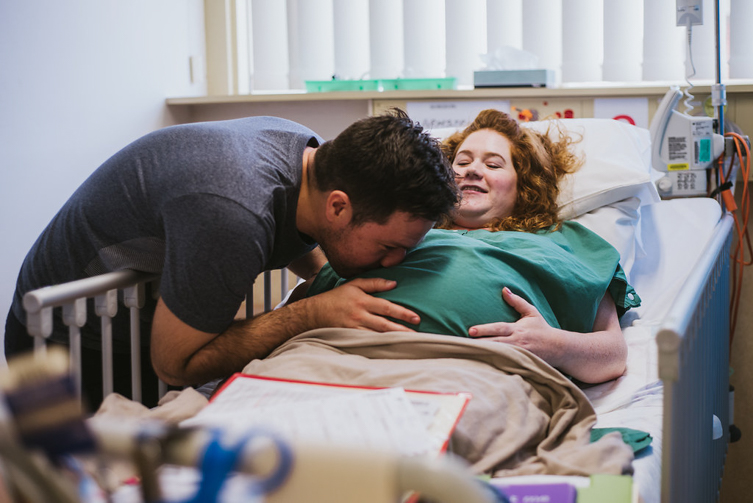
It’s not all about the how…the emotion, warmth, love and that exciting new baby feeling is all there. Just capture it and tell the story.
If you are looking for some photo ideas, know that you can approach it in exactly the same documentary style as you’d approach birth photography during natural labour. This entails little to no posing, capturing moments as they happen, looking for the emotions, connections, love and details, with a sprinkling of wide shots to tie it all together and add context.
Related: Storytelling Photography
Click Love Grow graduate Alana Prosper recently had the pleasure of documenting a planned c-section birth. In this article, she generously shares her pictures and experience, including her pro-tech tips.
It’s extra important for parents to check with the hospital and their doctor beforehand to confirm whether a photographer can be there. Bear in mind that even when they say yes, there’s still a possibility that someone on staff that day might not be okay with it.
When you’re on call to photograph a natural delivery, chances are the parents will call you once they’re already at the hospital in early or established labour.
However, there is no labour in a planned cesarean delivery, but arrival at the hospital on the pre-planned date is a big part of their story.
So, for this birth, I arrived at the hospital at the same time as the parents, having already some ideas in mind regarding the photos I wanted to shoot before the baby’s arrival. This allowed me to capture their story from the moment of their arrival, including:
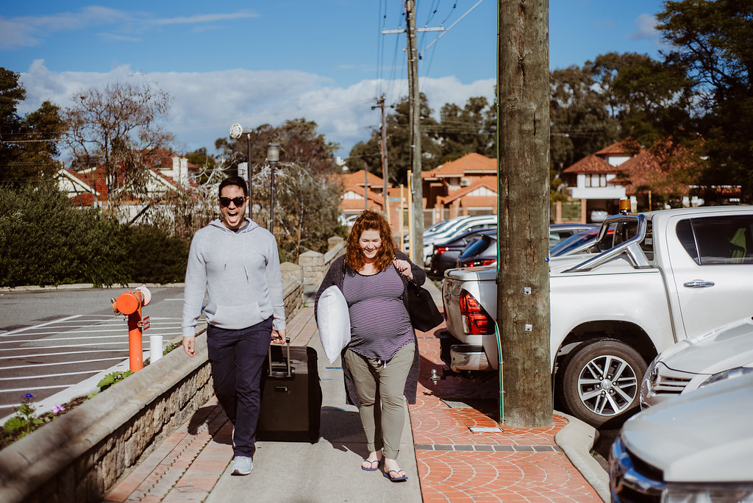
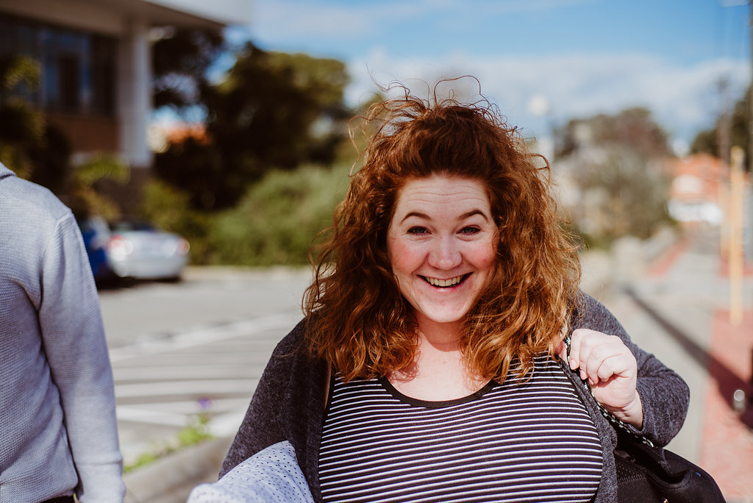
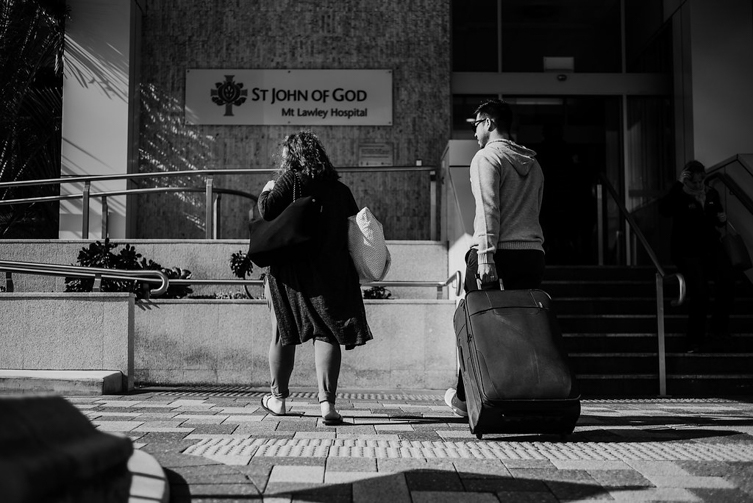
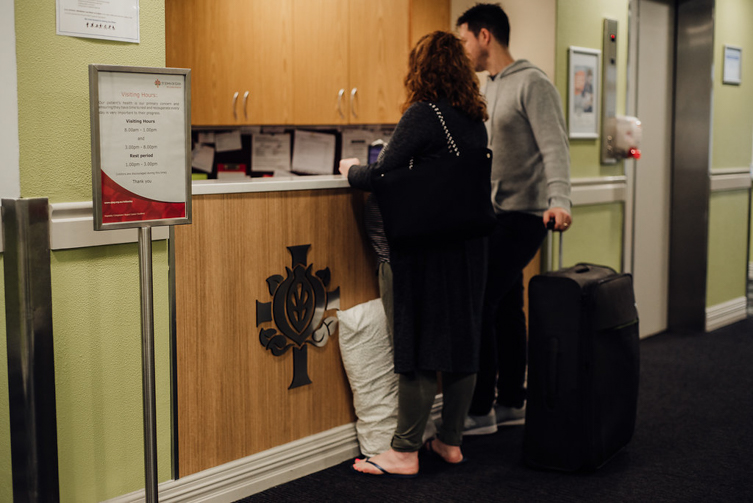
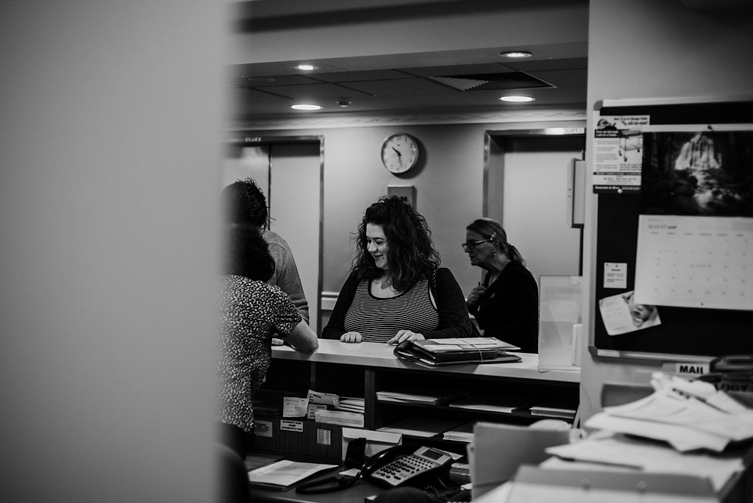
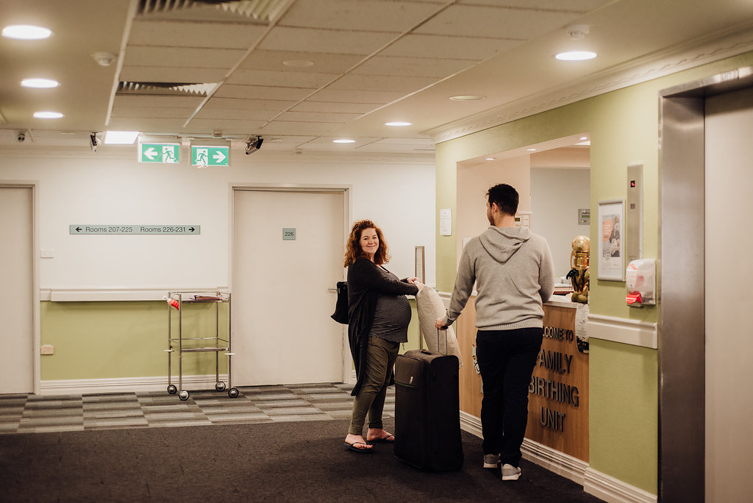
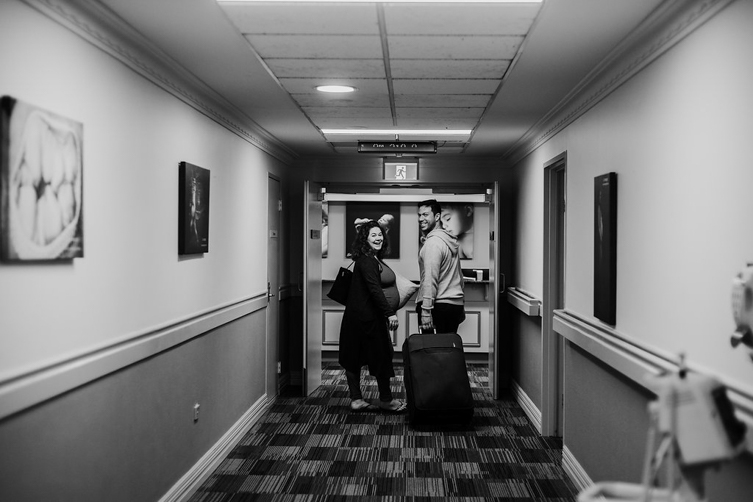
Once in their room, there were loads more opportunities to add to their story:
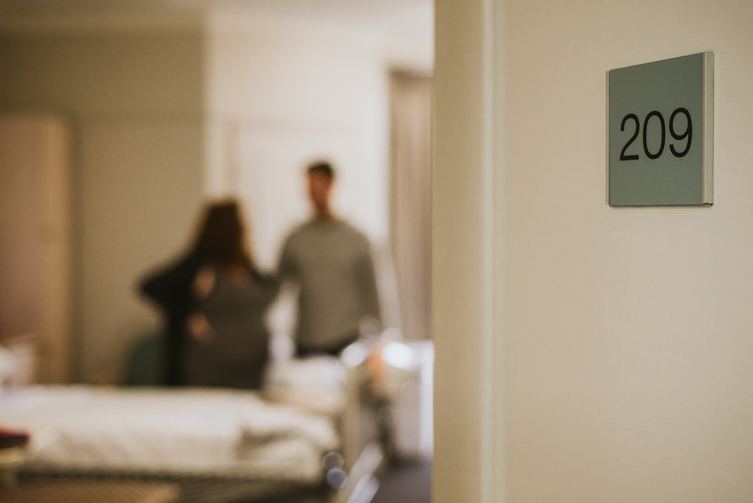

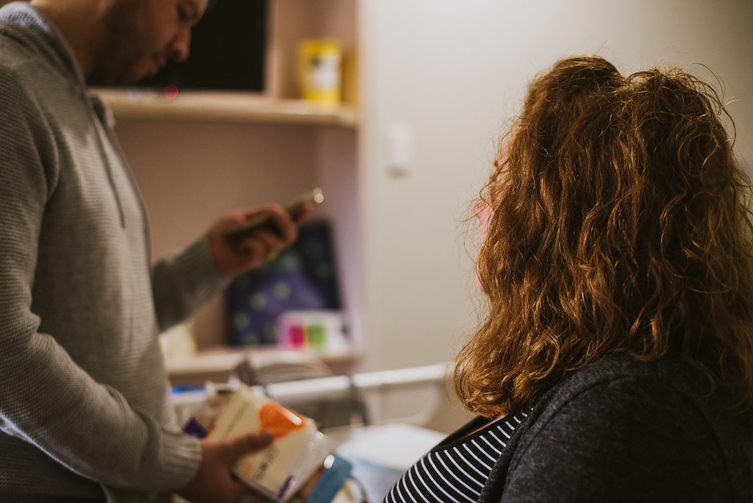
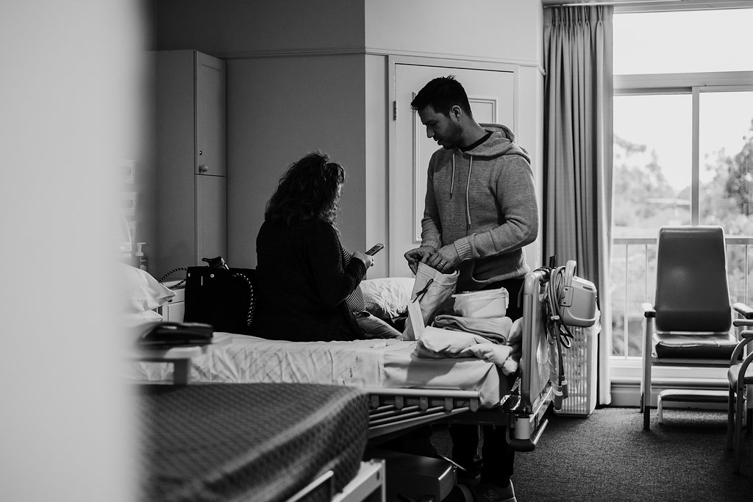
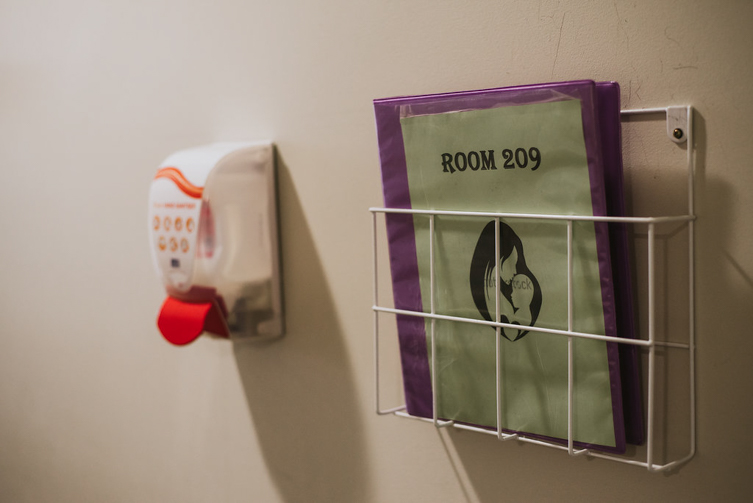
Don’t forget the baby belly! Even if the mom already had a maternity session, these are her absolute last moments of pregnancy.
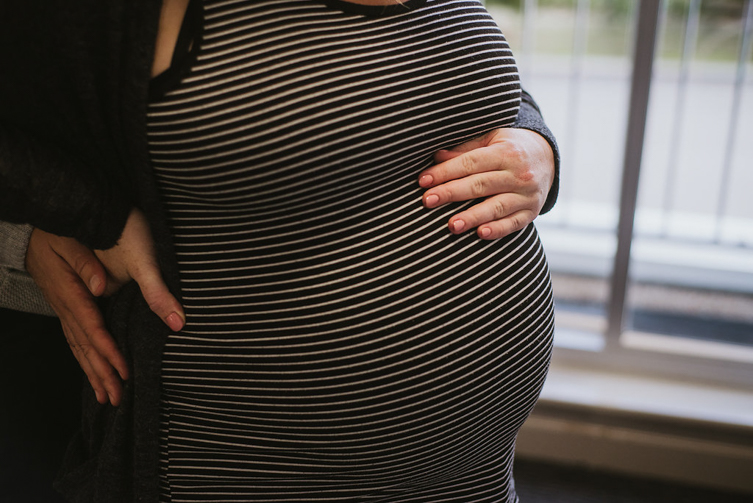

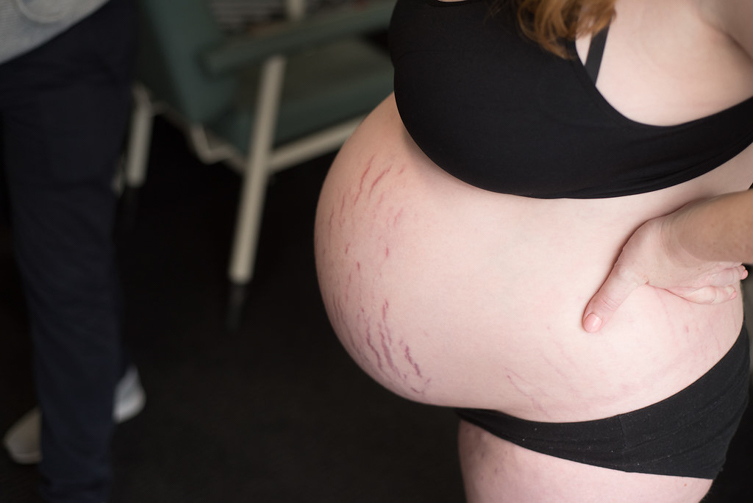
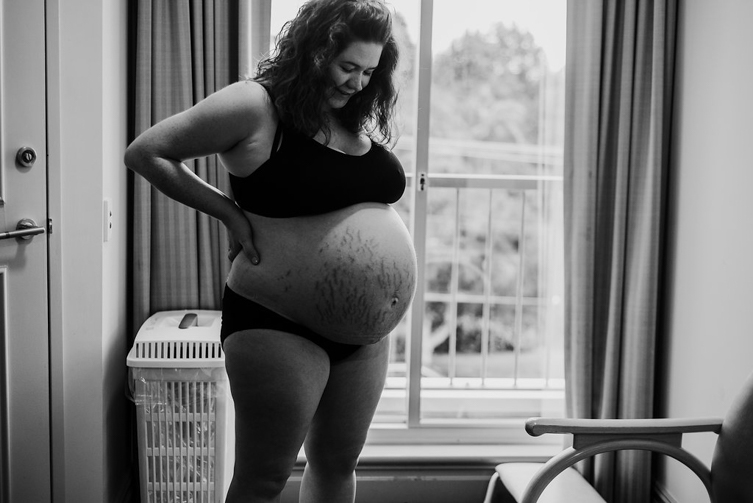
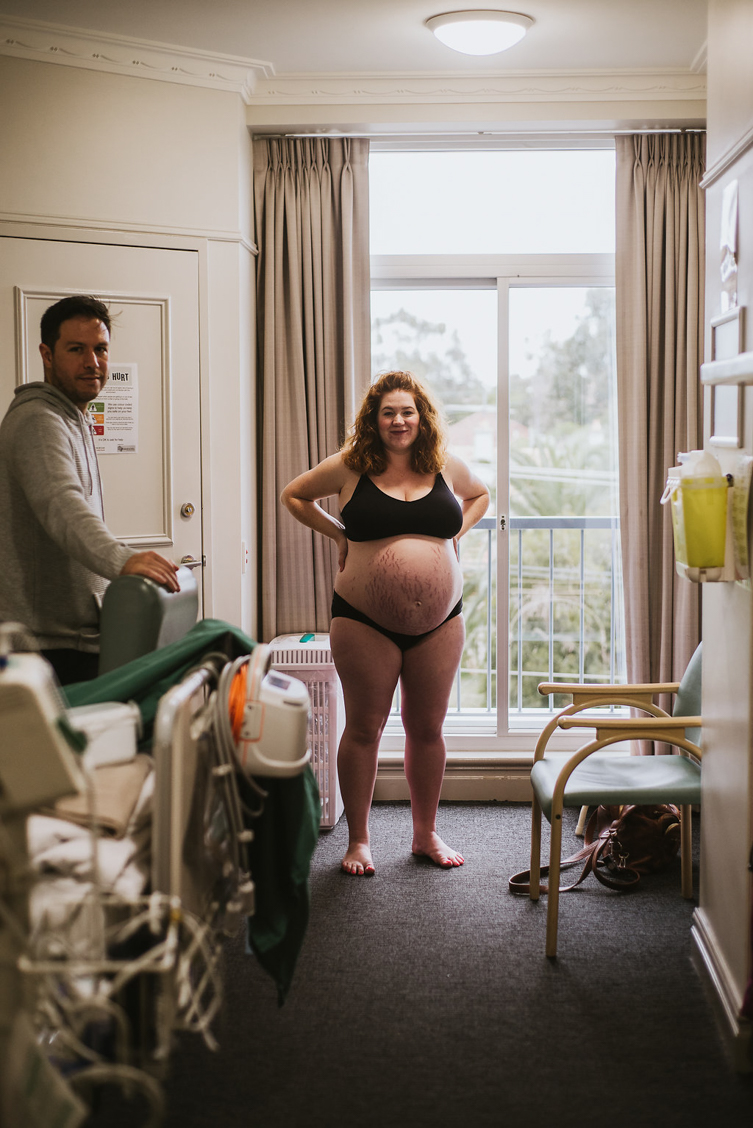
I made sure to capture the couple’s interactions and emotions whilst they waited and during early preparations for surgery.
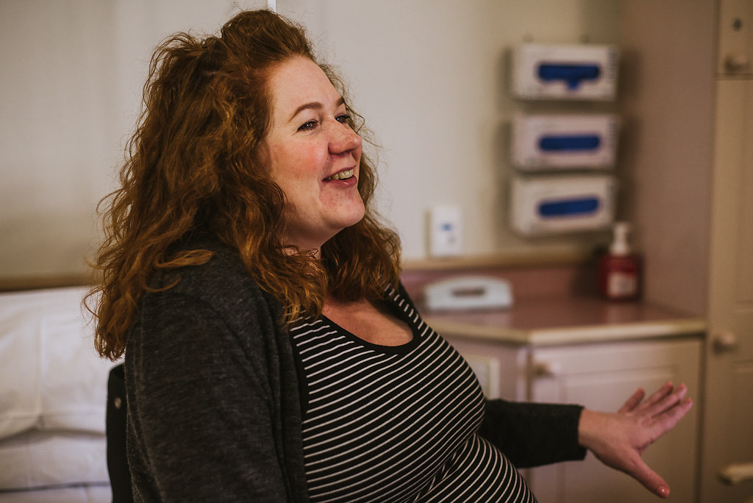
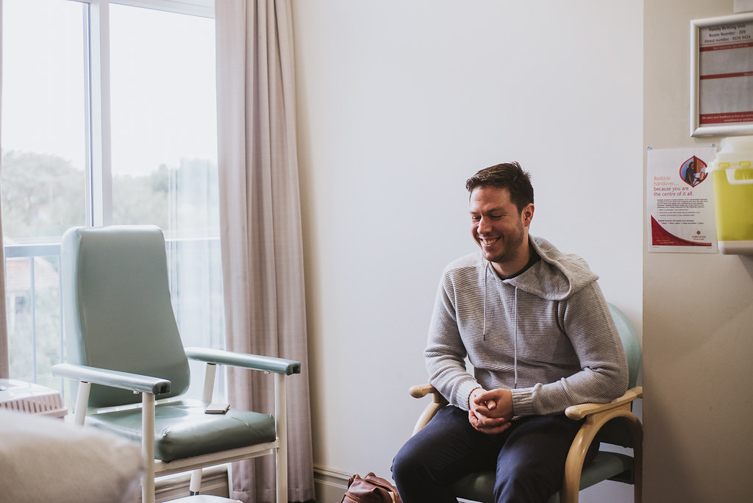
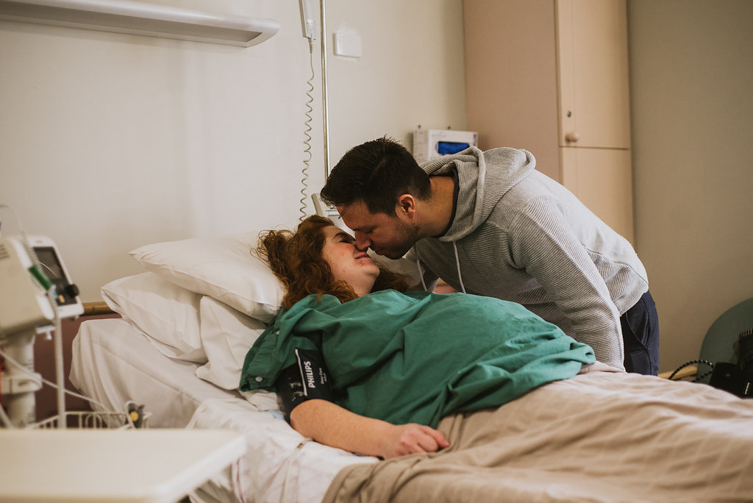
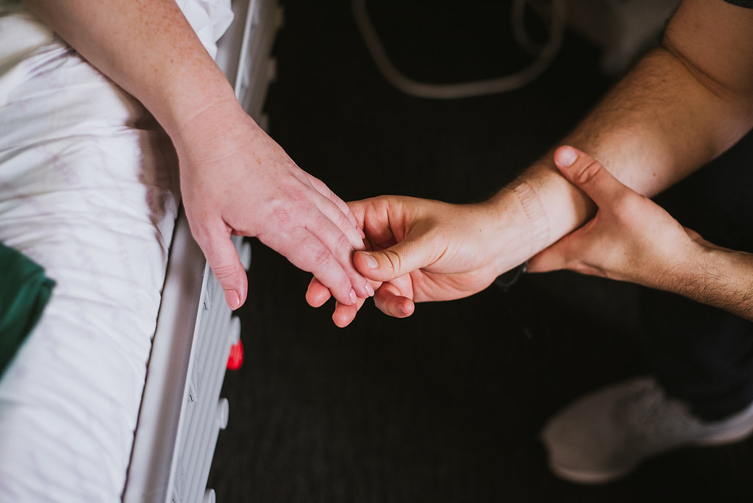
Related: 26 Gorgeous Photos Capturing Connection
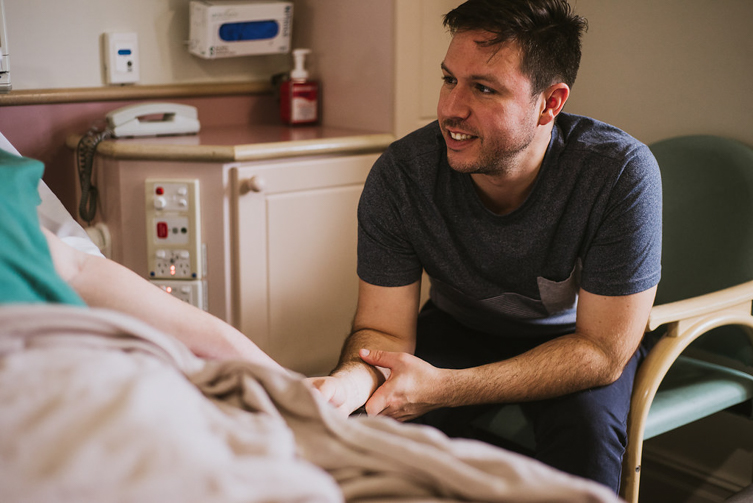
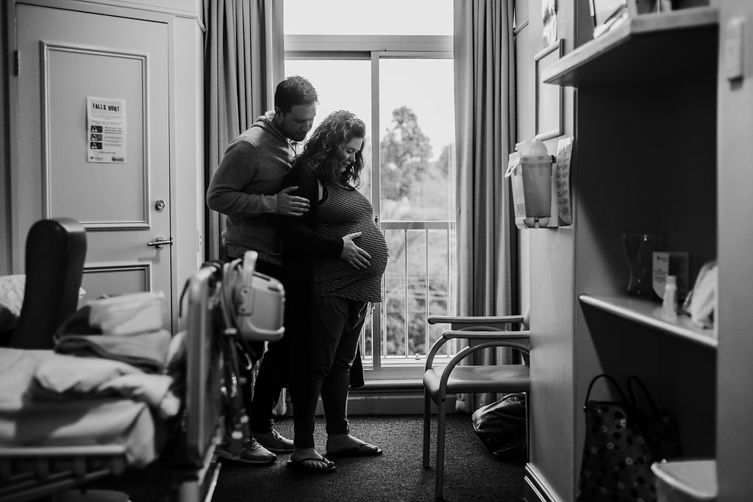
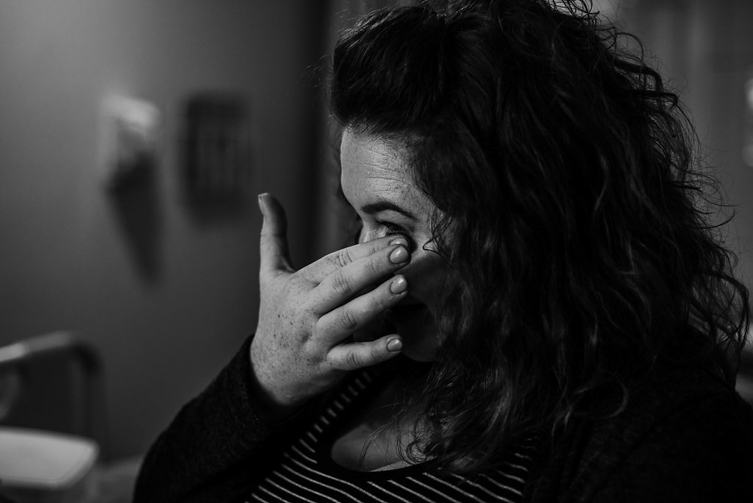
Gowning up…this is an exciting moment — things are getting real now!
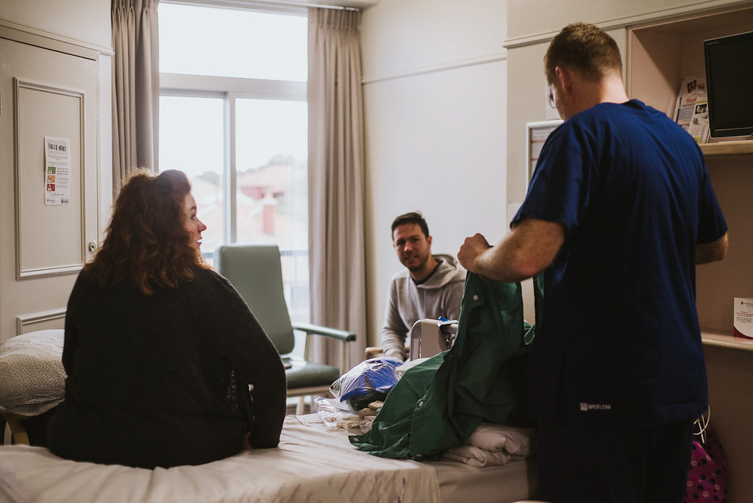
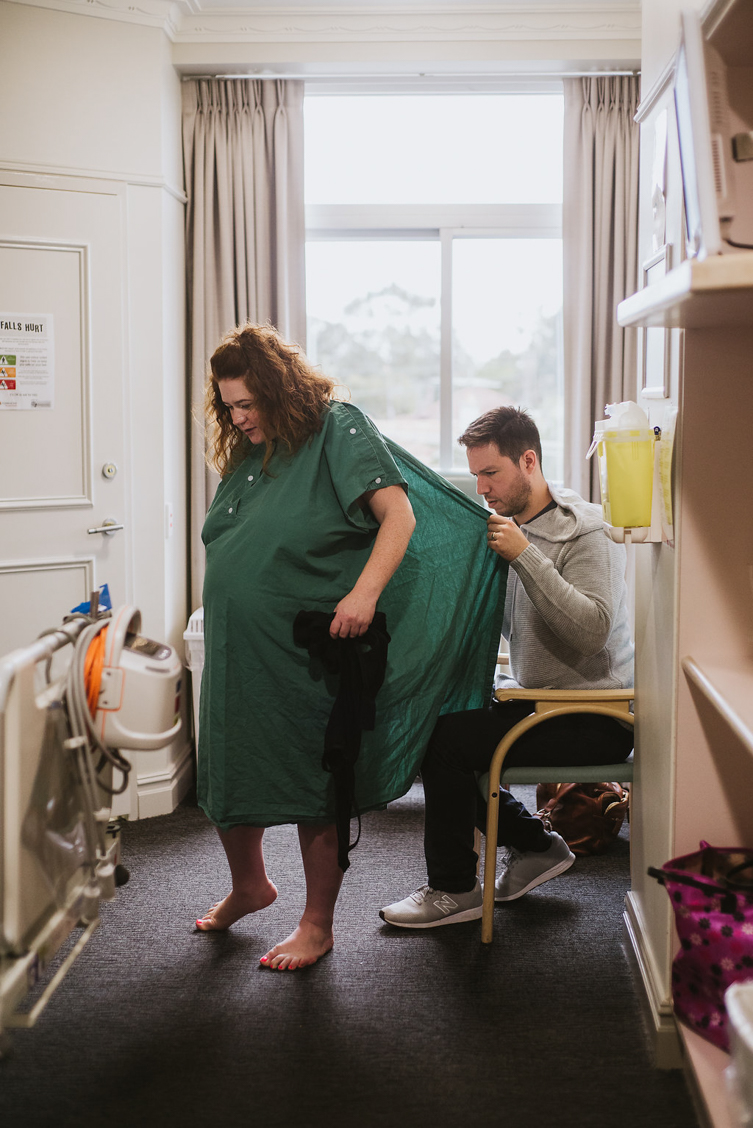
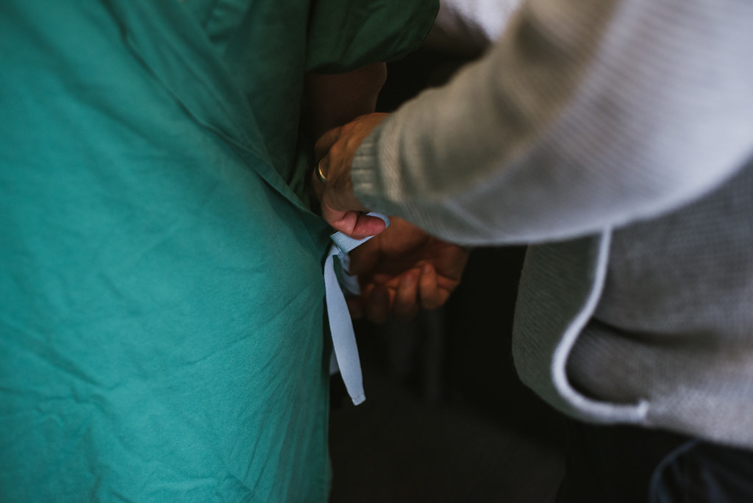
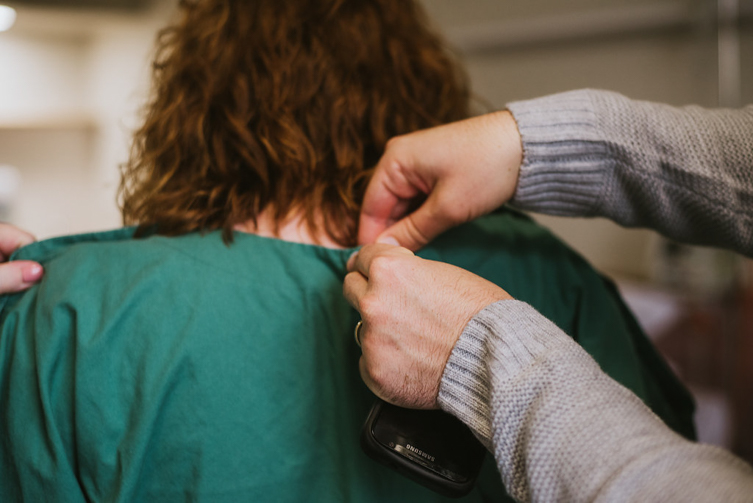
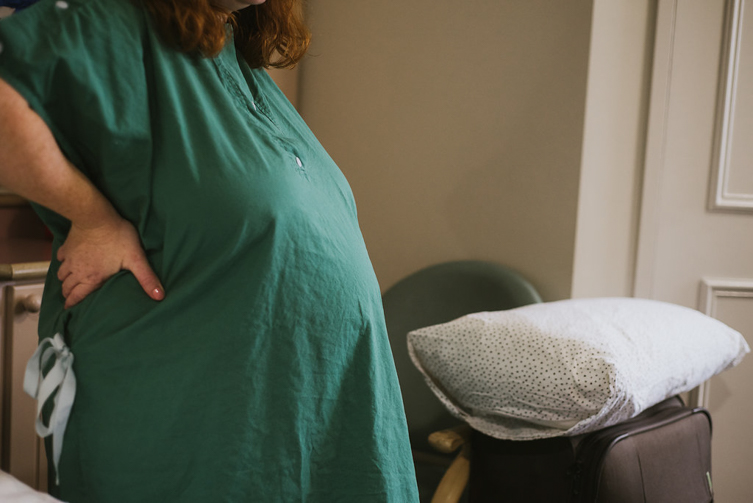
Compression tights in preparation for surgery, got it!
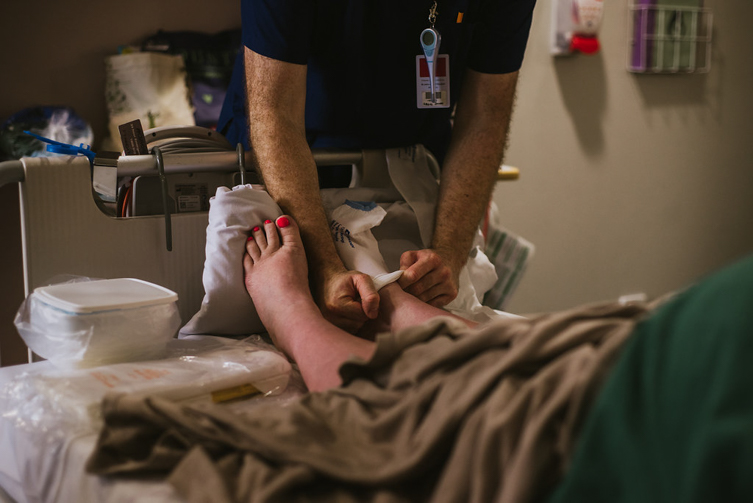
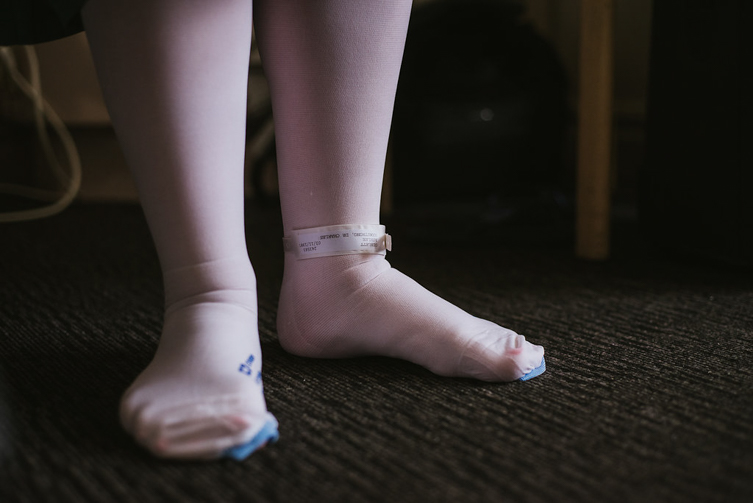
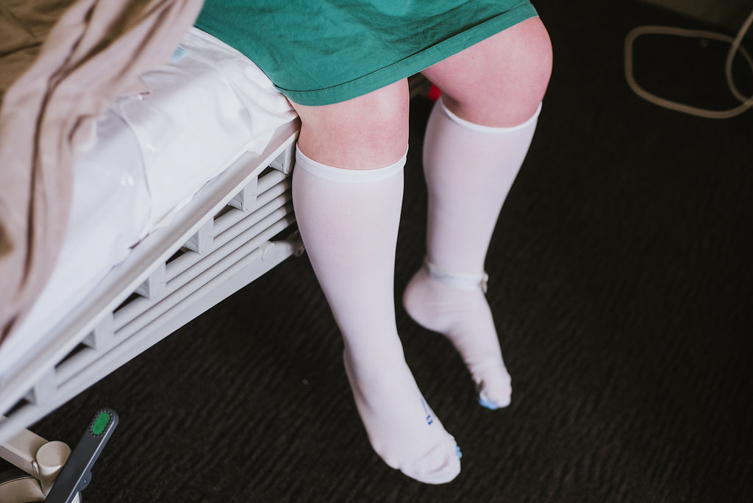
Some of the early observations before the surgery occurred in their overnight room, which offered more opportunities for a variety of photos.
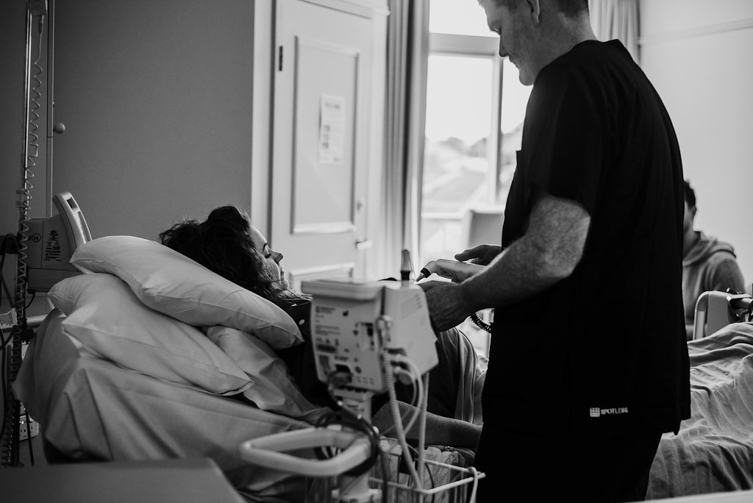
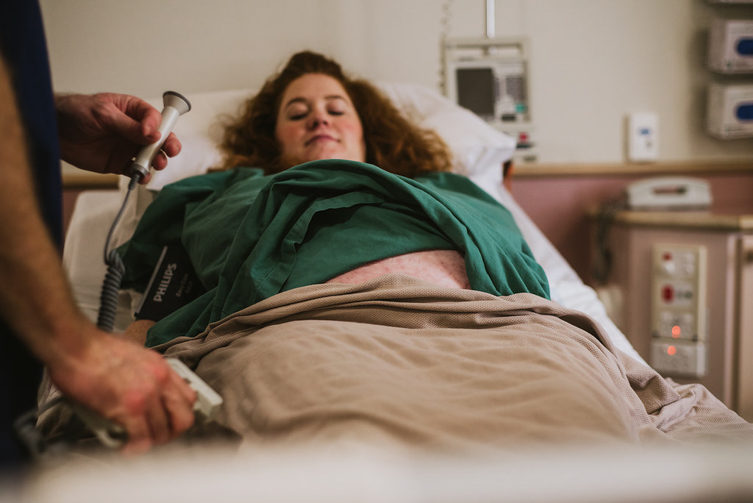
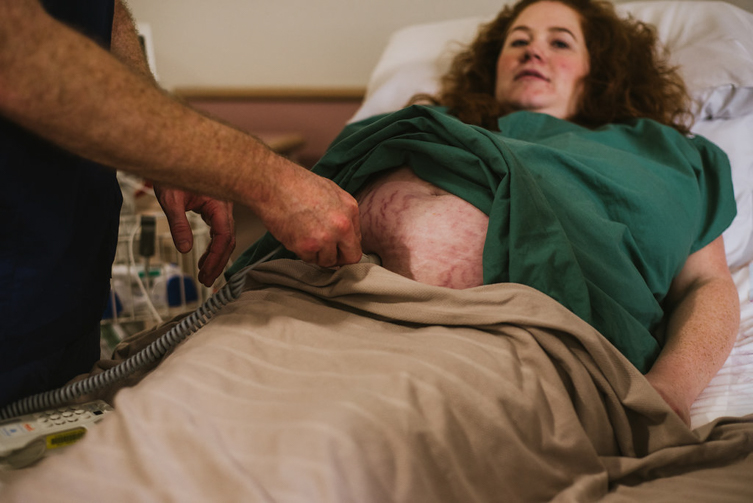
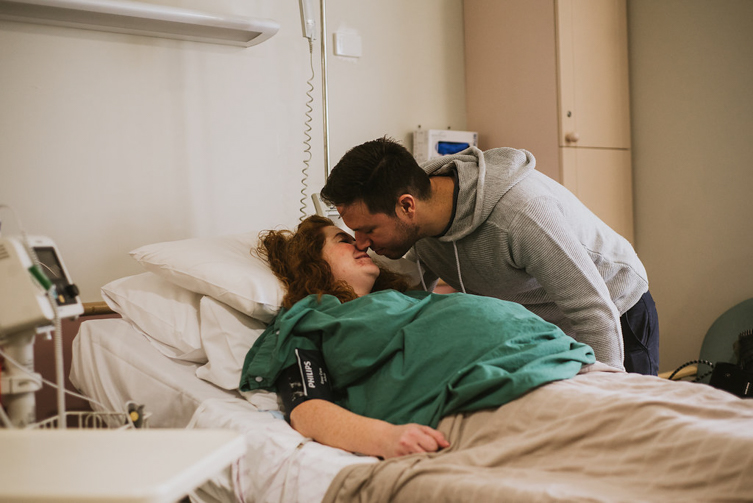
There are many things parents forget or don’t even notice when going through birth.
This is a big part of my job…the idea is to record what they will miss or forget, providing them with tangible memories to have and to hold after the fact, ensuring the retelling of their story has no gaps.
So be sure to continue taking photos as they move down towards the theatre, and capture details such as the signs pointing to the theatre, wide scenes from afar, and any other details you notice.
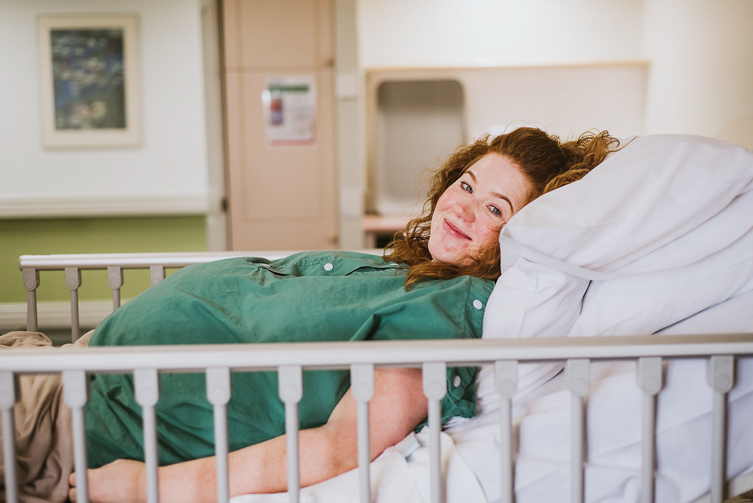
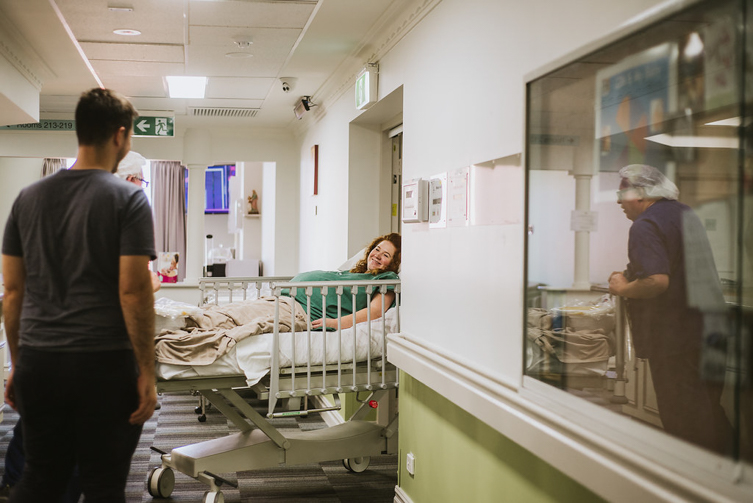
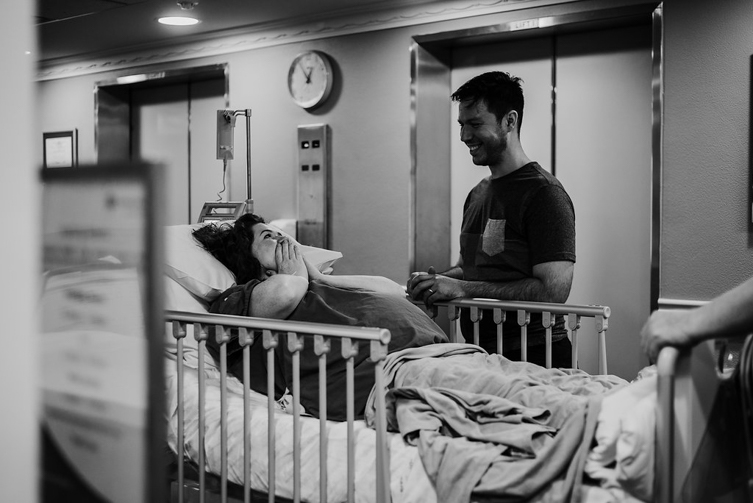
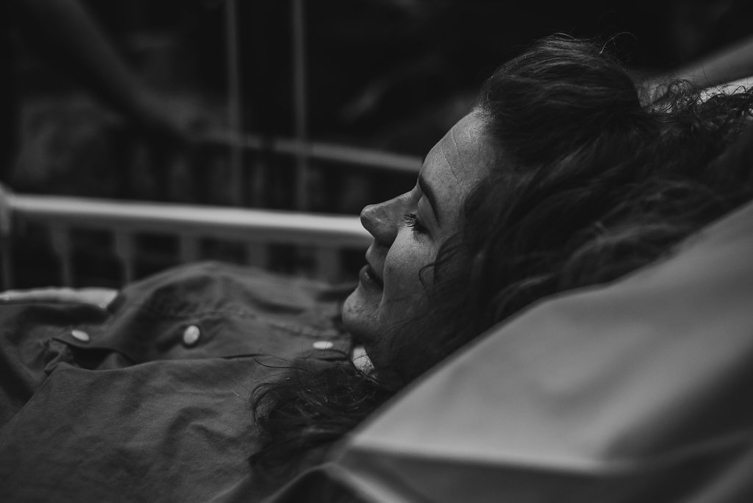
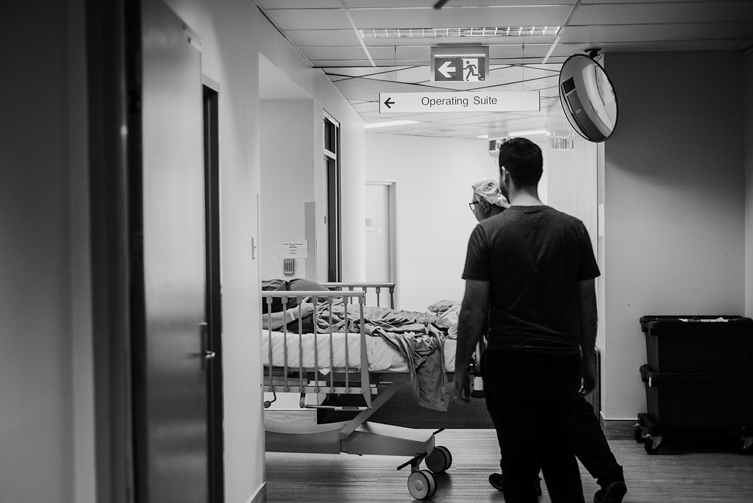
Before heading down to the theatre, I sought out the midwife to establish where I could stand.. the last thing I wanted to do was get under any feet!
Once I was in the theatre, I confirmed again. Equally important, if not more, was also asking them to point out any no go zones.
When we first headed down to the theatre, more observations and the patient identification process took place in an operating suite — a dedicated area just before going into the theatre. Make sure to document that process, especially the embraces and hand-holding, which will inevitably ramp up in these last minutes before entering the theatre.
Related: Lifestyle vs. Documentary vs. Portrait Photography – What’s the Difference?
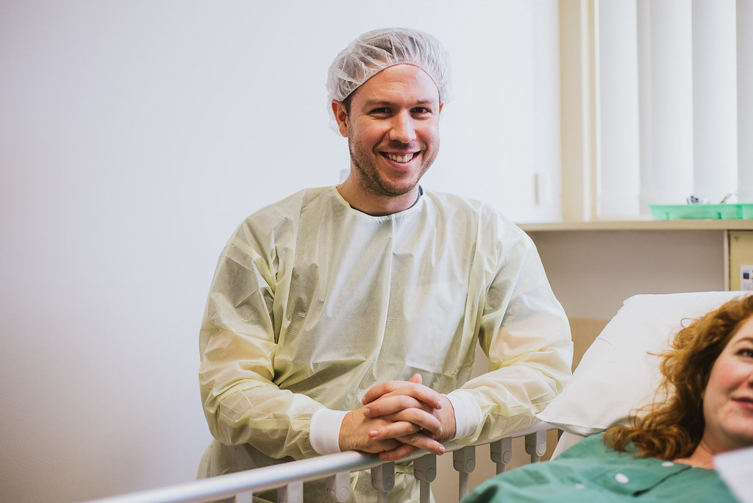
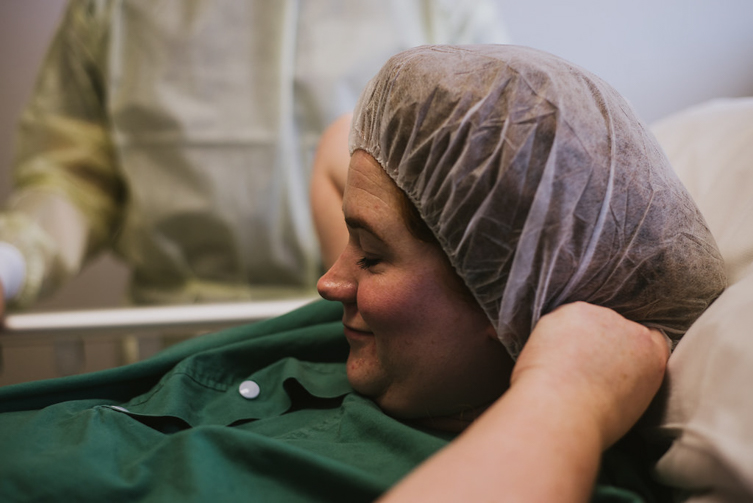
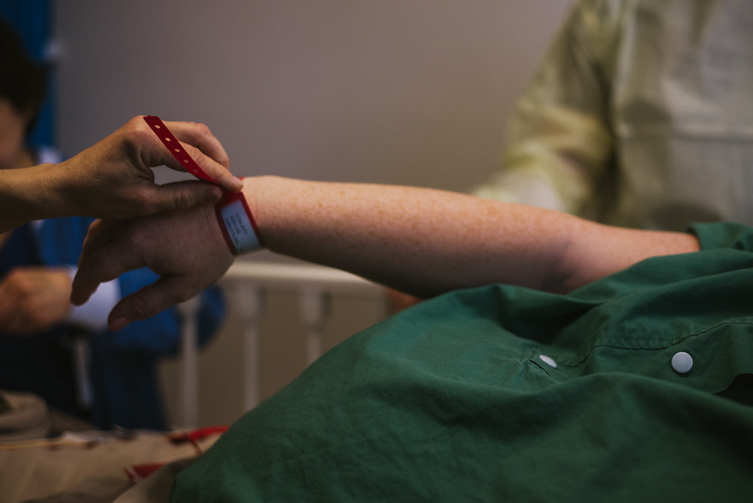
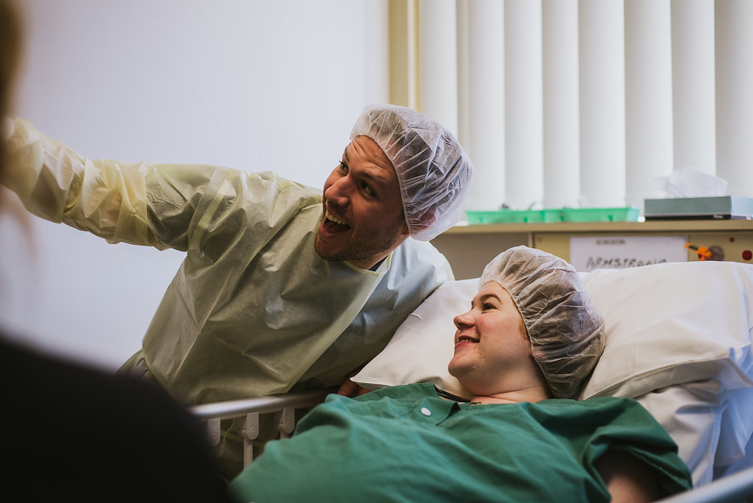
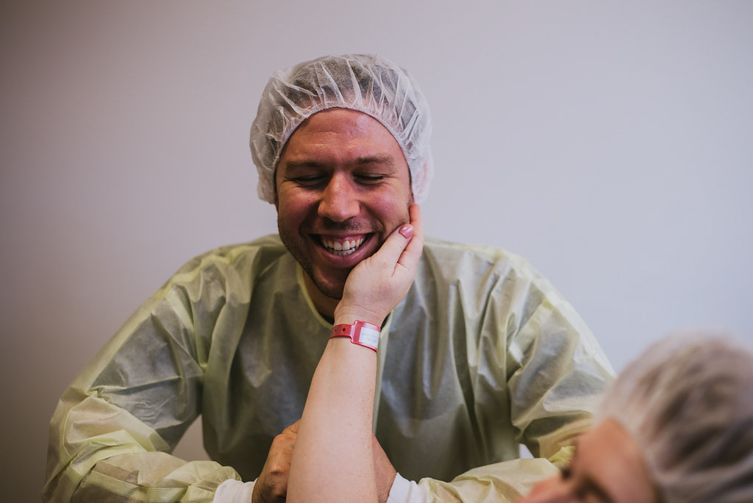
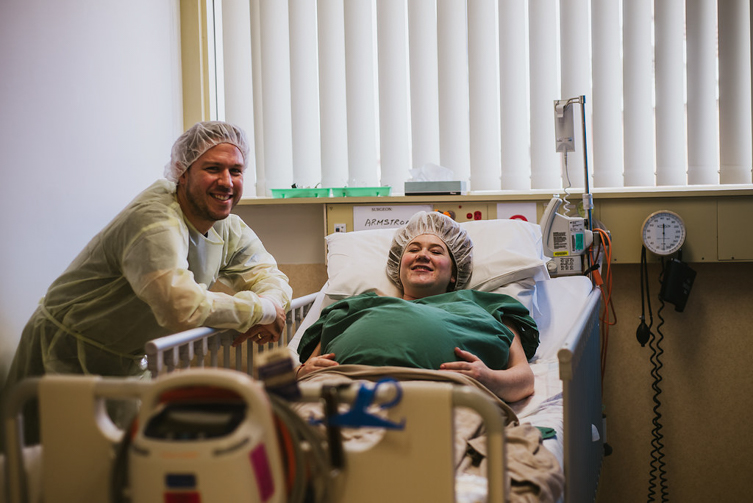
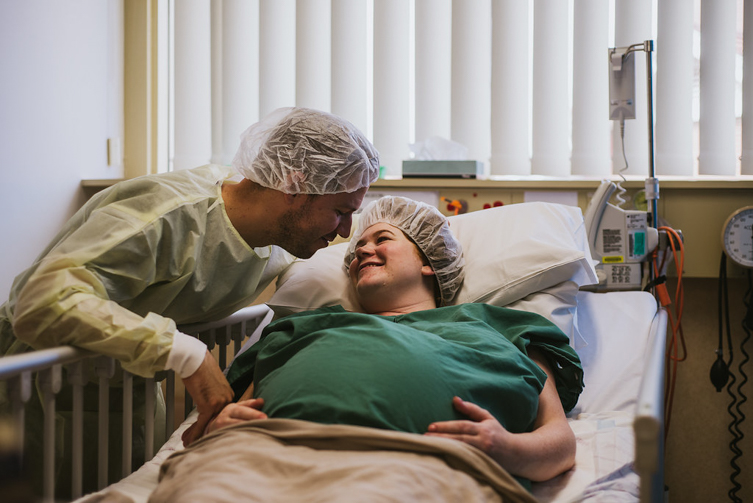
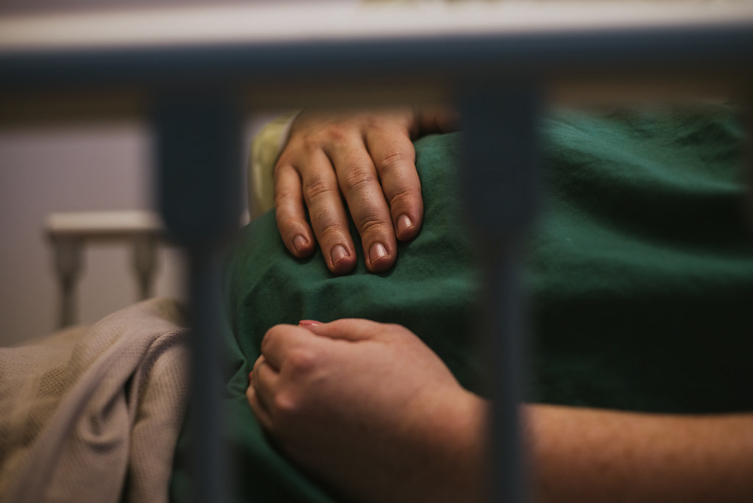
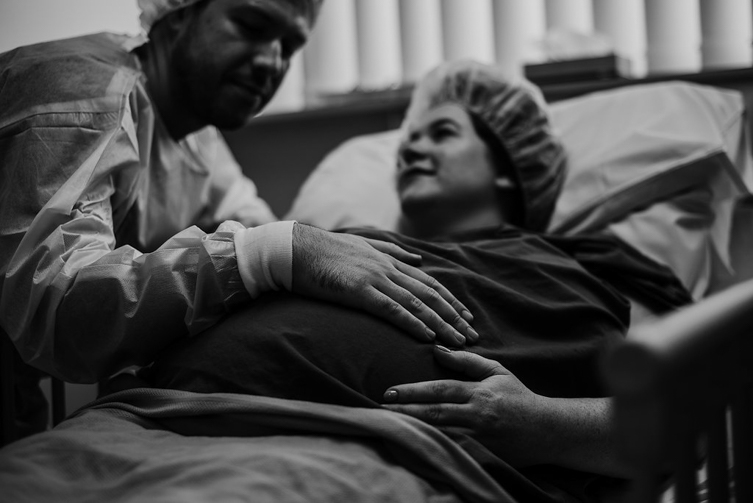
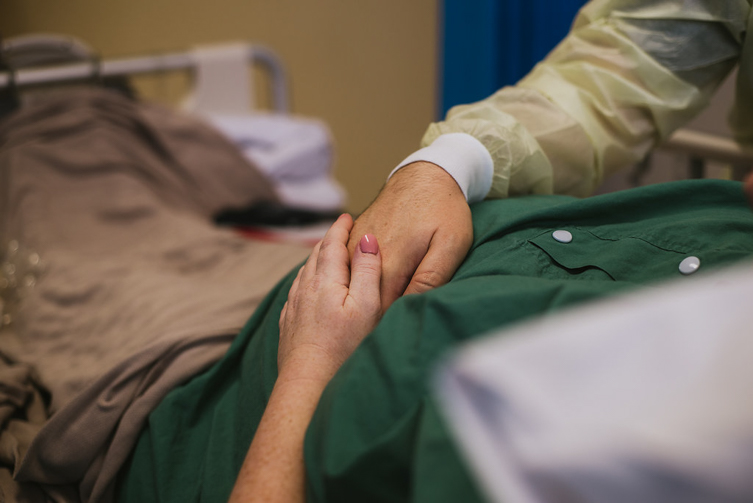
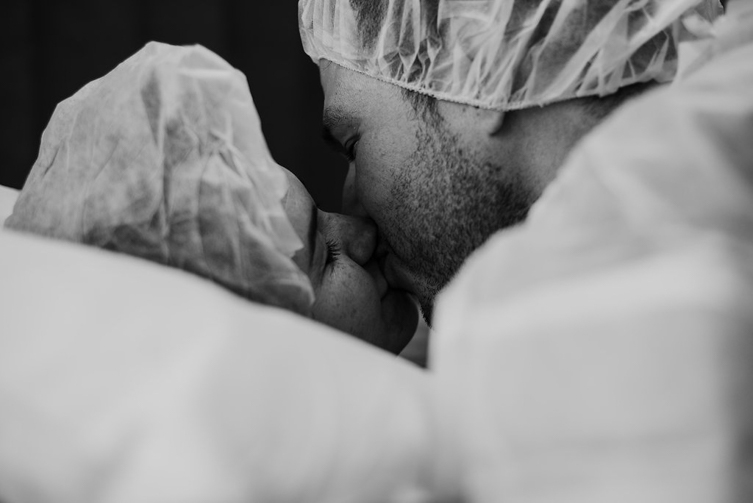
Next up, we headed into the theatre, but we still had a good 20 minutes until surgery started, which gave me time to capture images of the waiting.
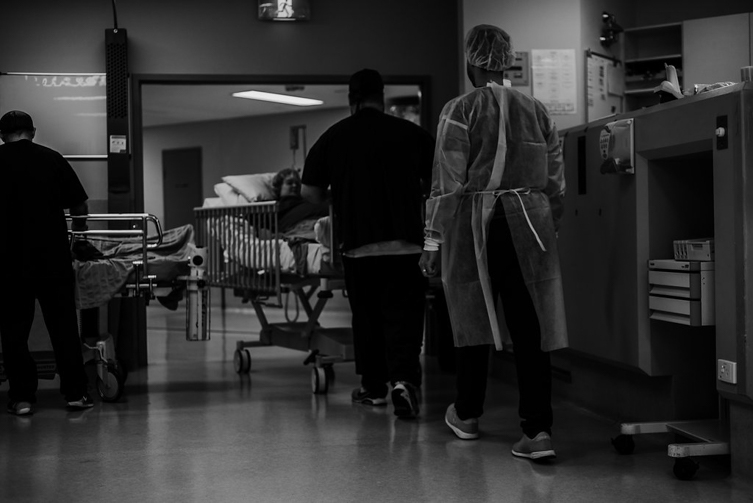
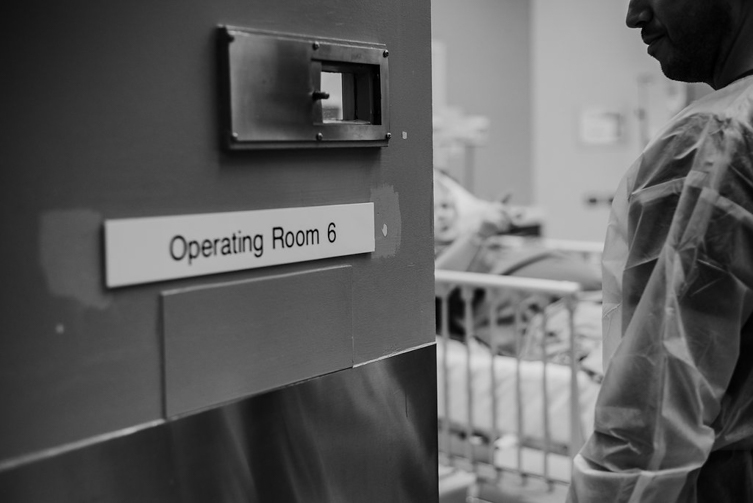
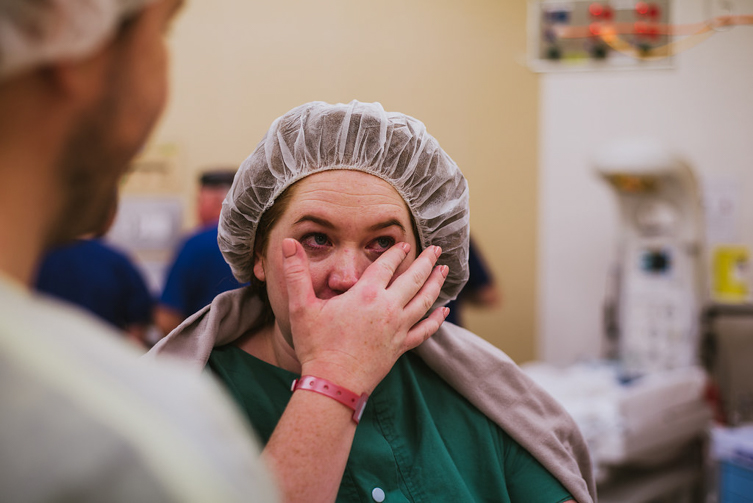
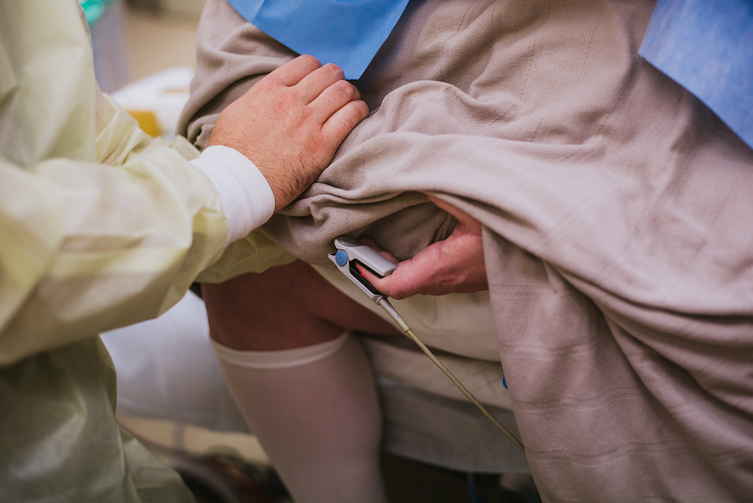
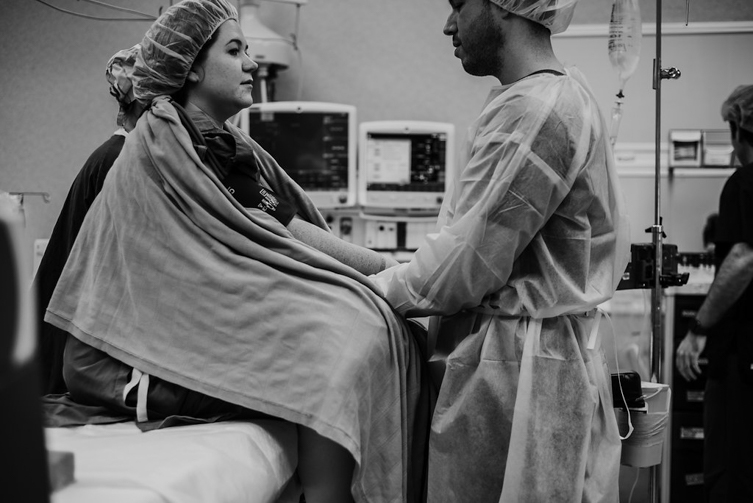
I avoided photographing the medical procedures before the surgery, preferring to focus on the parents and their interactions as these procedures were happening instead.
During this time before surgery began, I mostly stayed at the edges of the room. This was the easiest way to ensure I didn’t get in anyone’s way. I also steered clear of equipment.
My instinct helped me know when I could move closer to them — and when it was more appropriate to stand back. For example, when more staff are directly attending to mum.
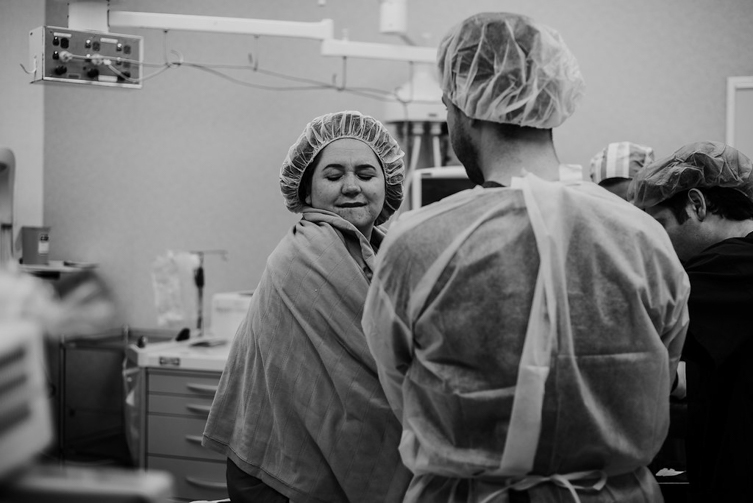
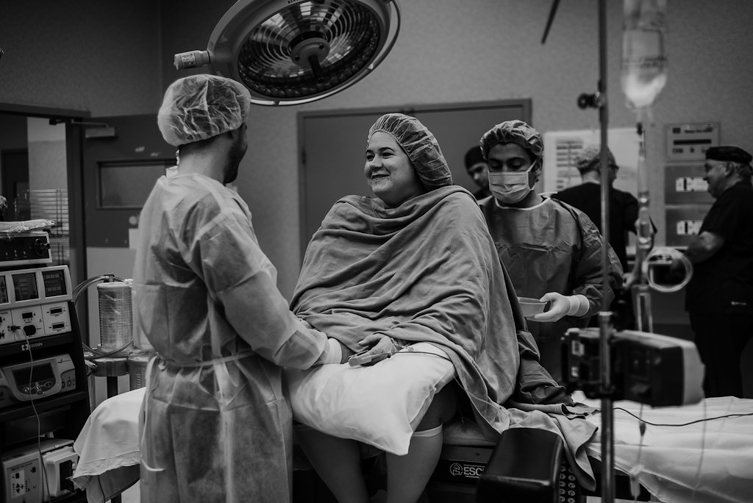
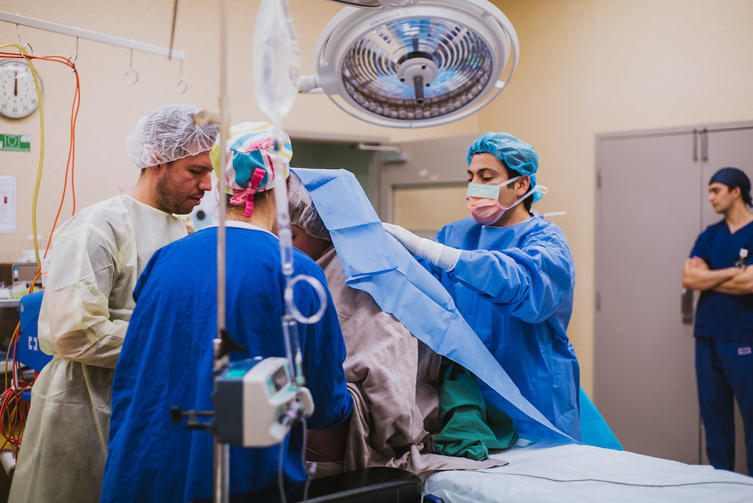
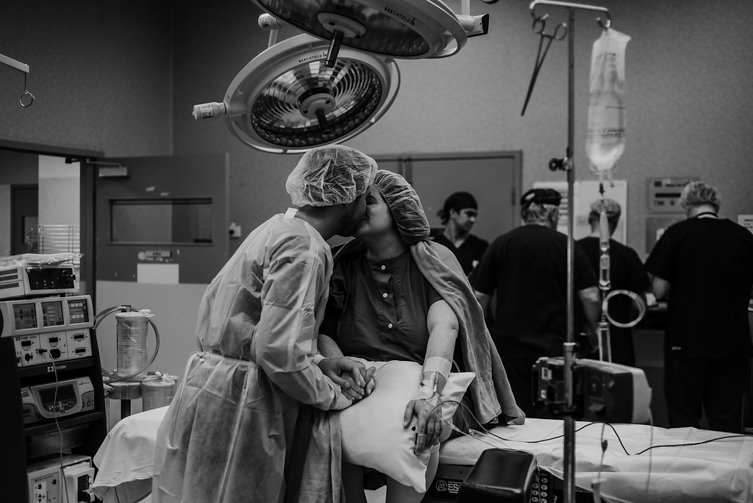
Once the surgery started, the staff directed me where to stand. Expect to have much less freedom to move around during a cesarean birth.
I was able to look toward the surgery side of the birth at one point. However, I couldn’t see much due to all the medical staff and equipment, and I found shooting from the head side offered a much clearer perspective for photos.
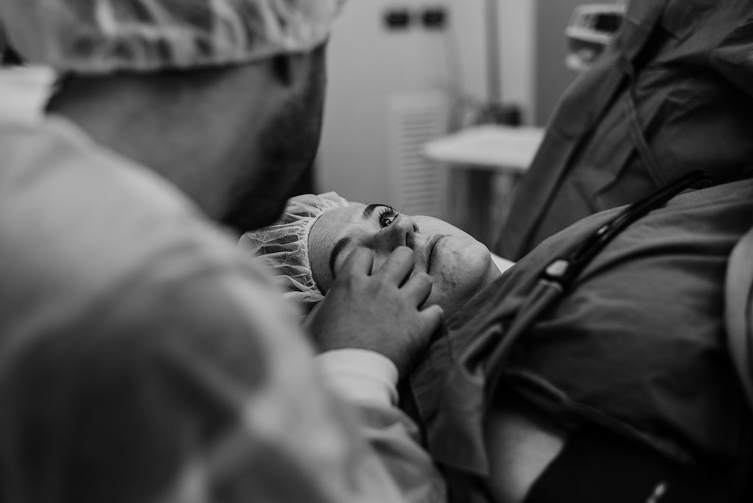
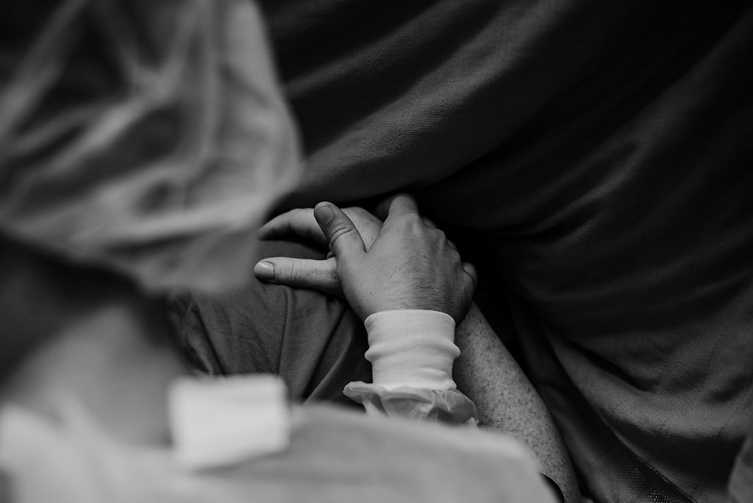

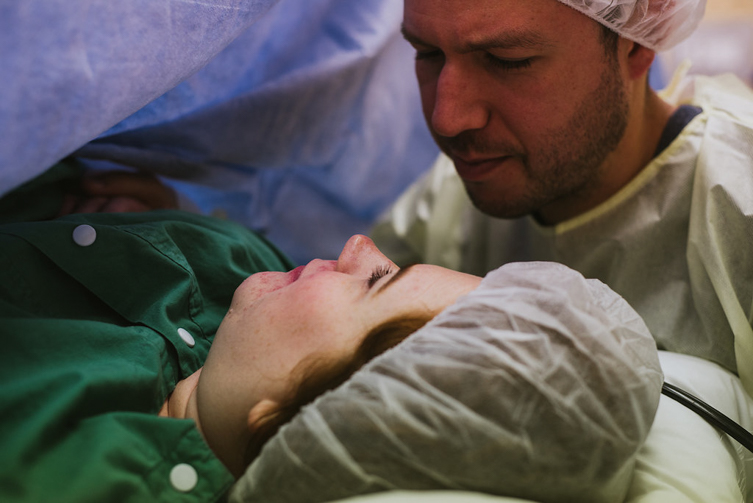
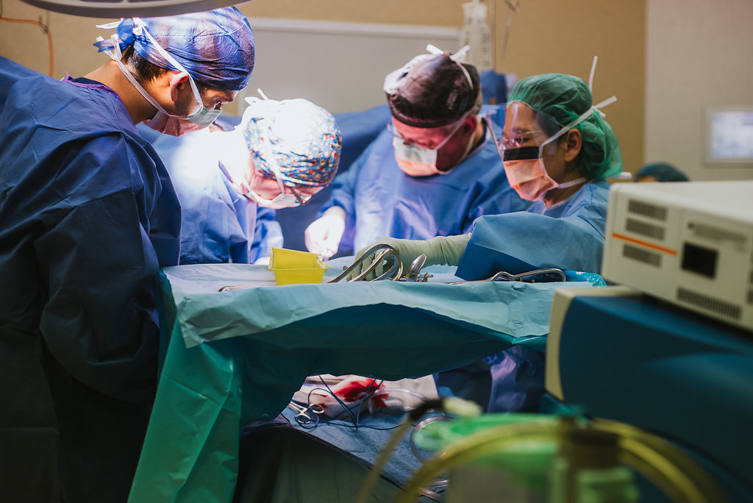
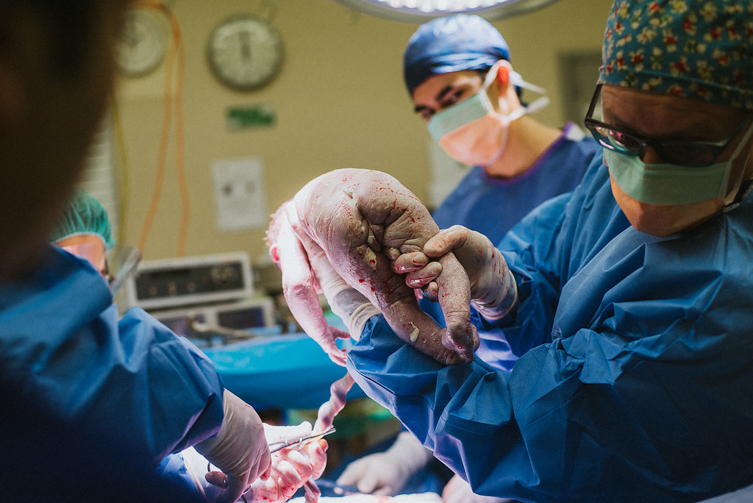
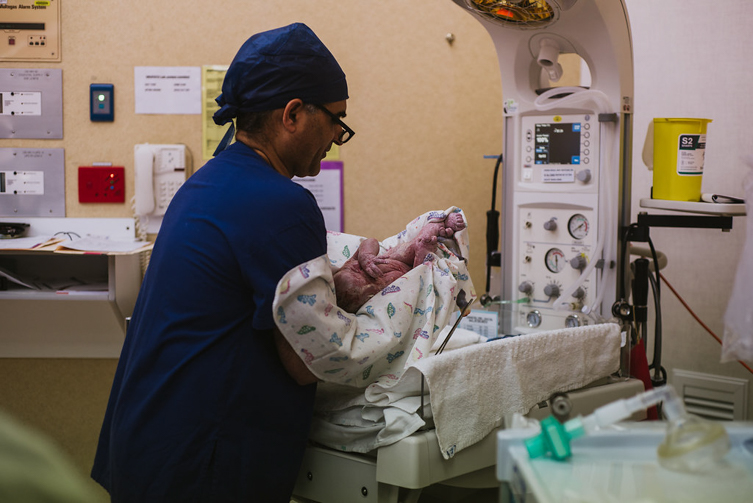
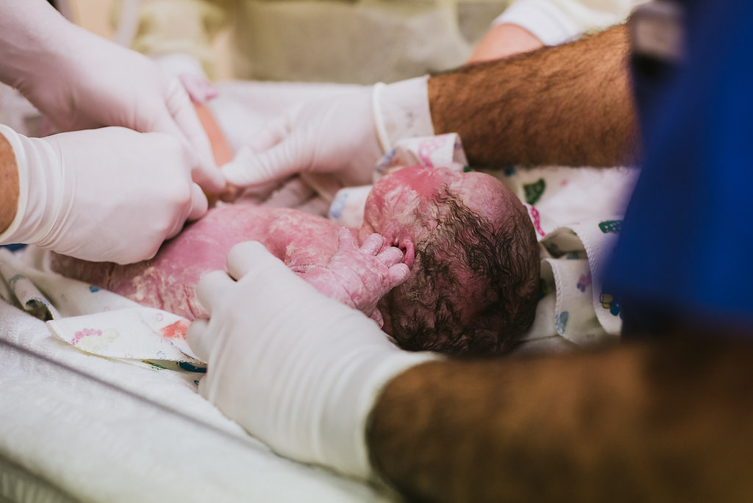
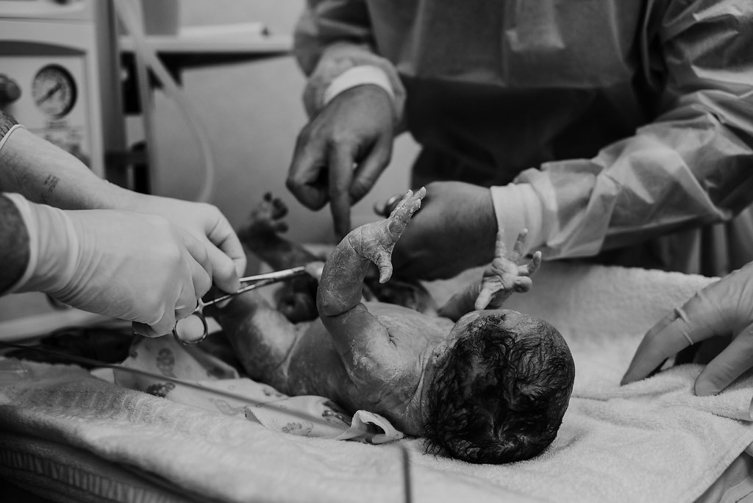
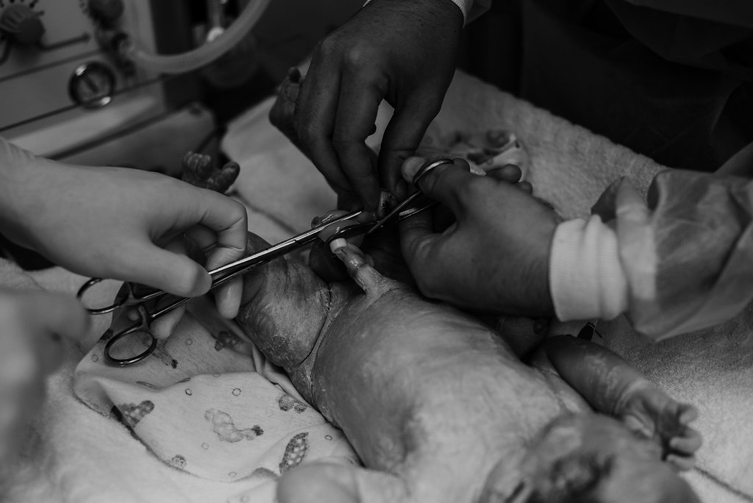
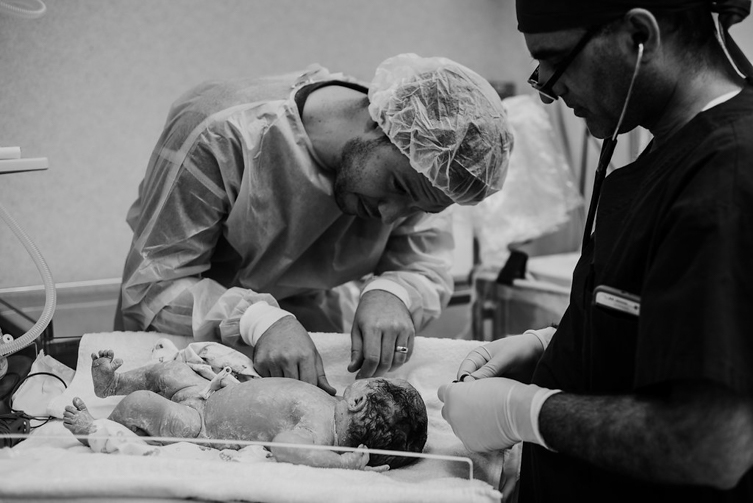
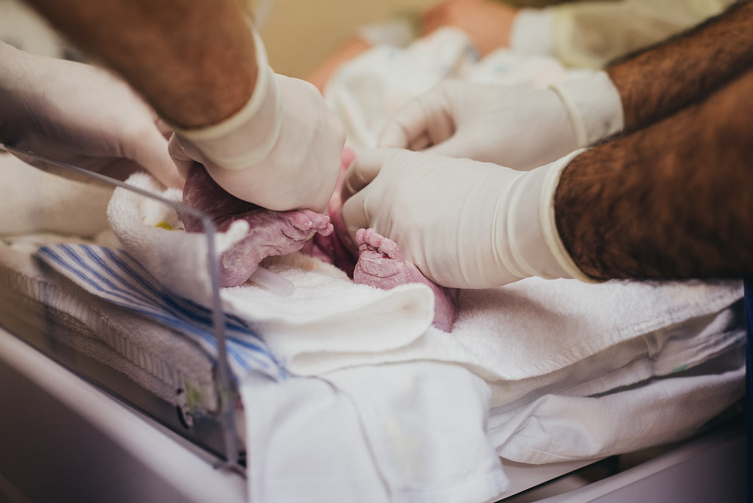
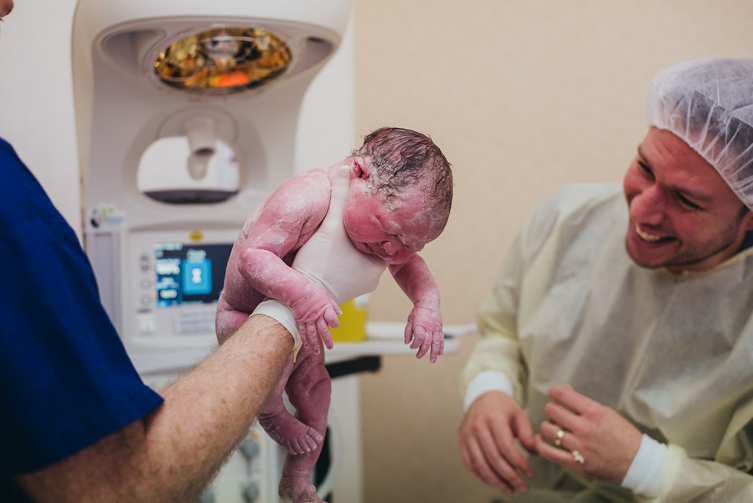
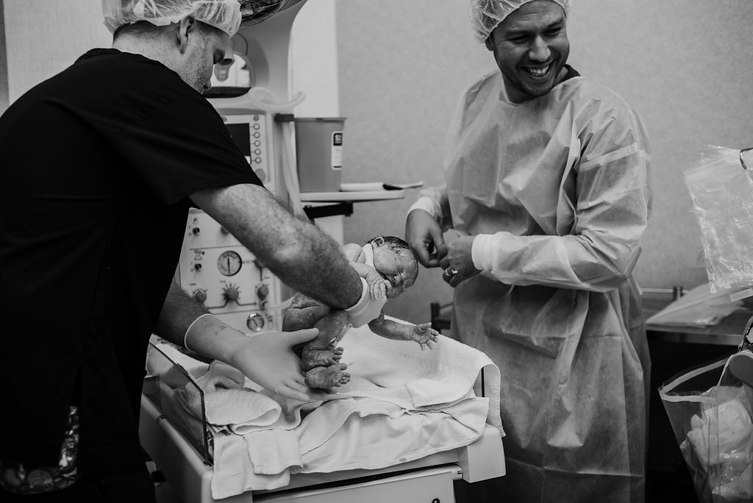
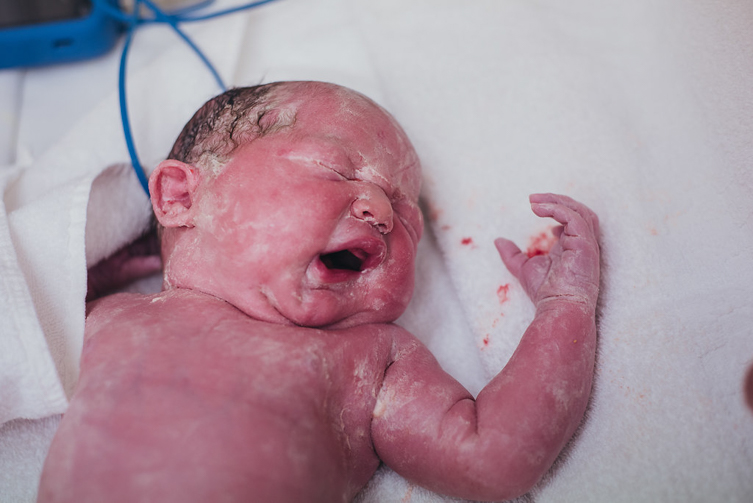
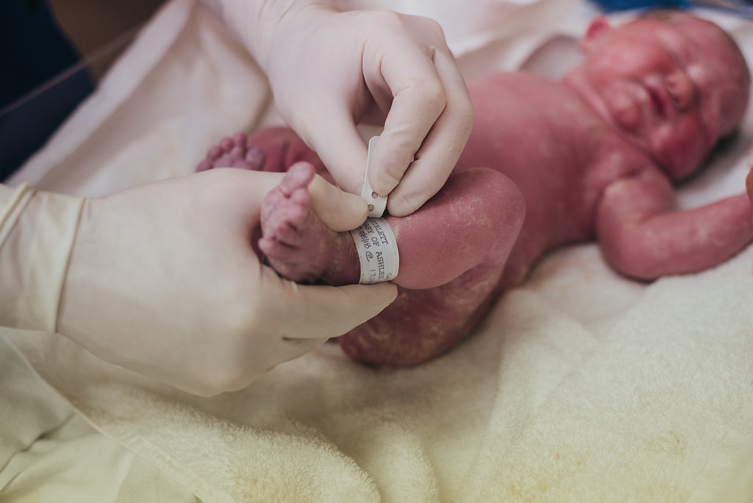
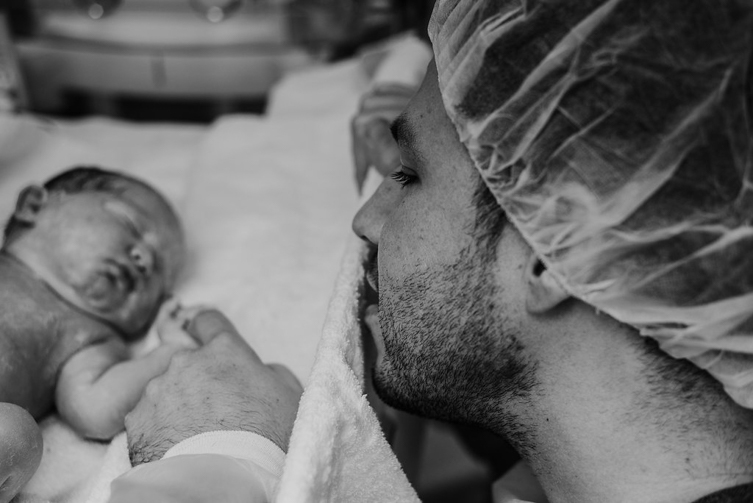
Obvious? You’d be surprised. After a natural delivery, mum gets to hold the newborn baby immediately. This is not the case following a c-section delivery, and the other parent is more involved in those moments instead.
So when looking for birth photo ideas, it’s important not to forget mum in your photo session. You can take photos of her watching as her child is being checked and weighed, and soon you’ll get an opportunity to capture the special moment when she meets and holds her baby for the first time.
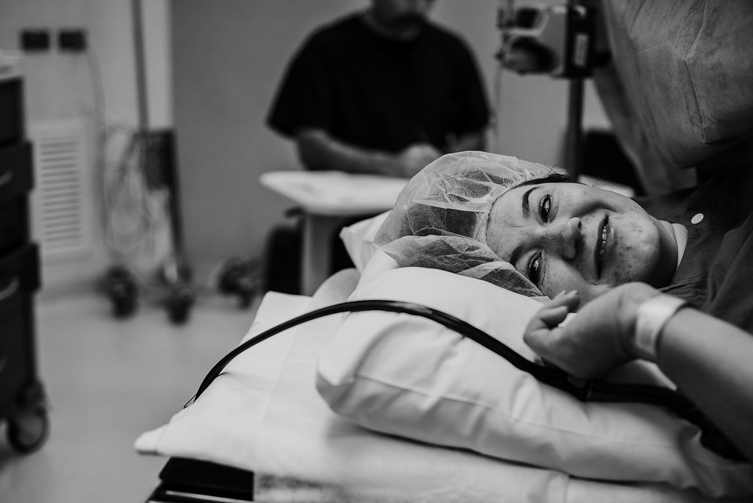
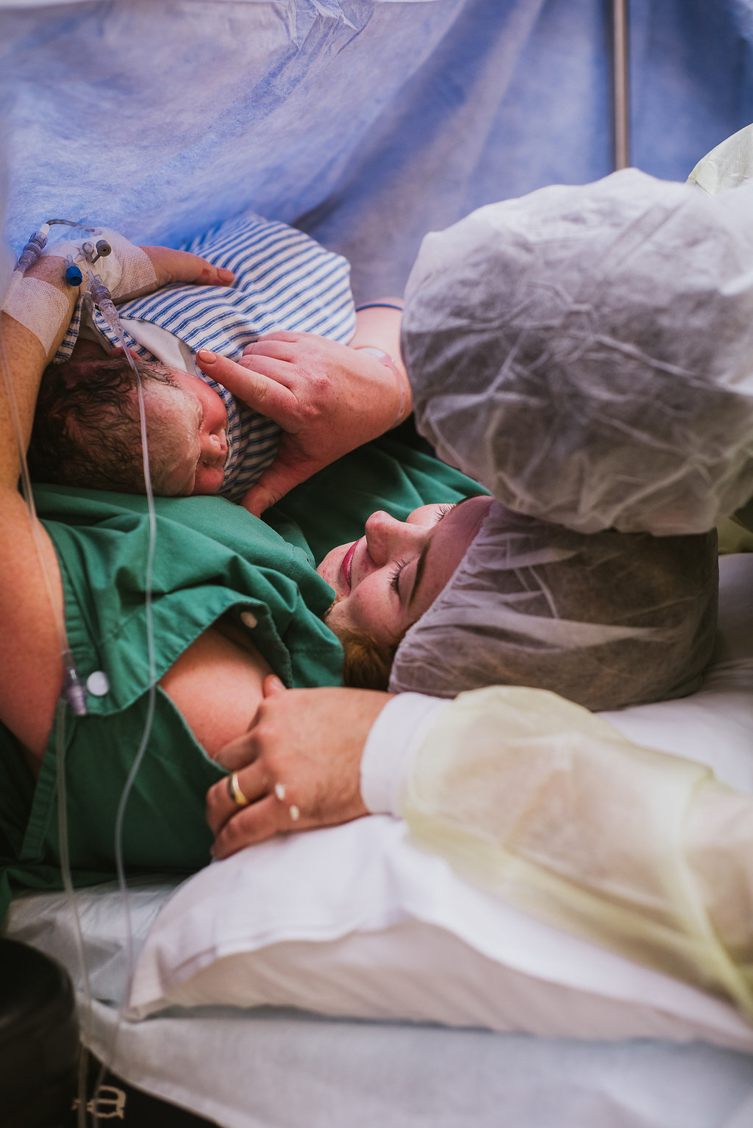
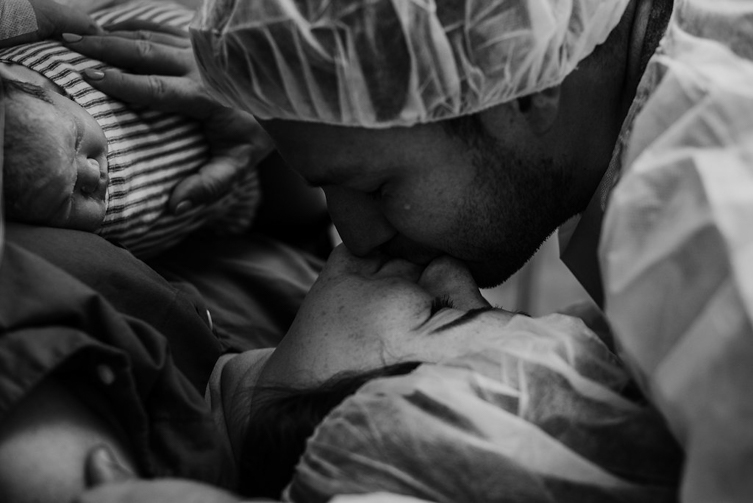
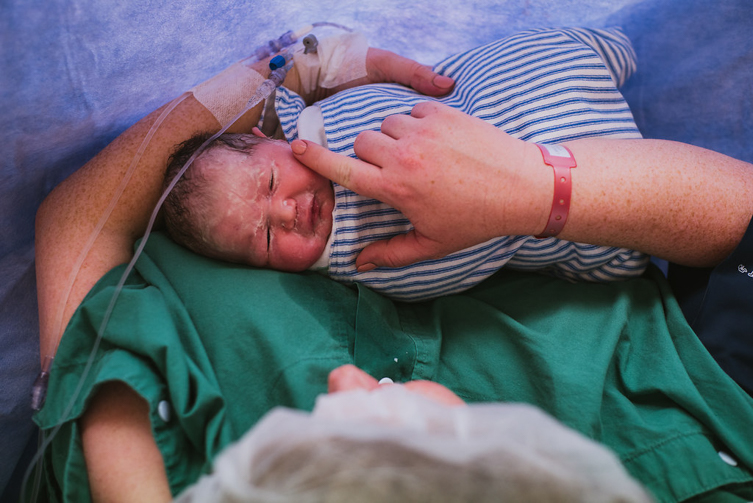
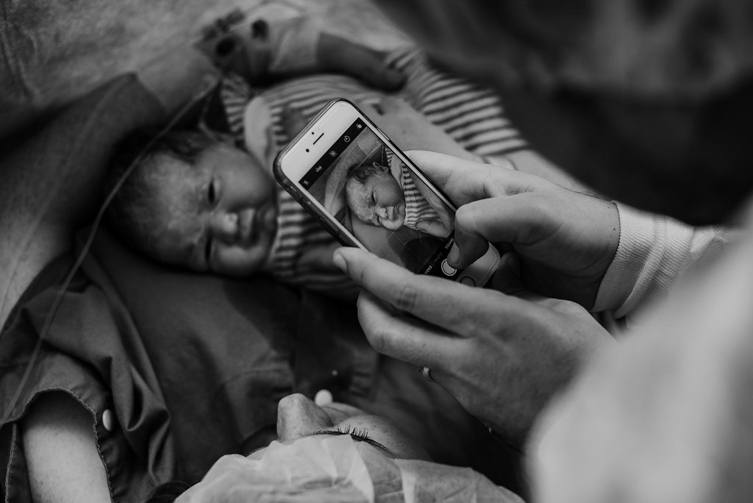
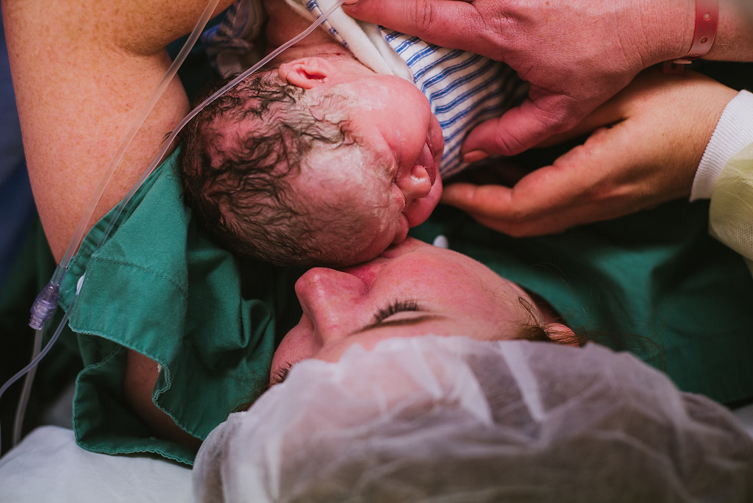
After the maternity theatre, mum was taken to recovery, where I had an opportunity to photograph the first breastfeed and all those beautiful early interactions.
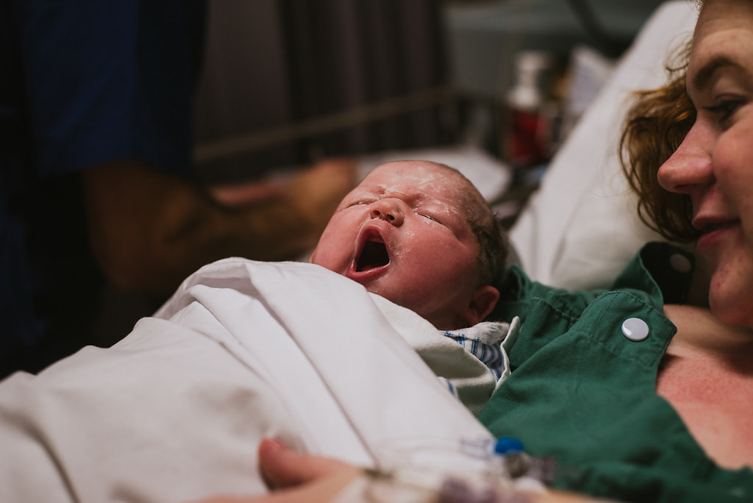
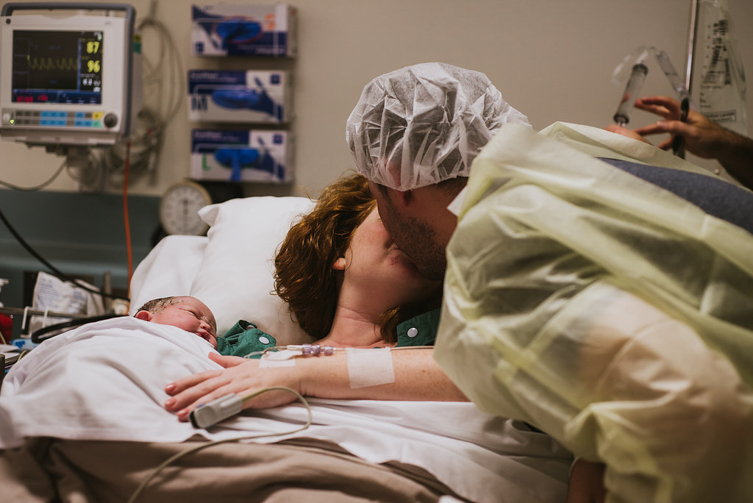
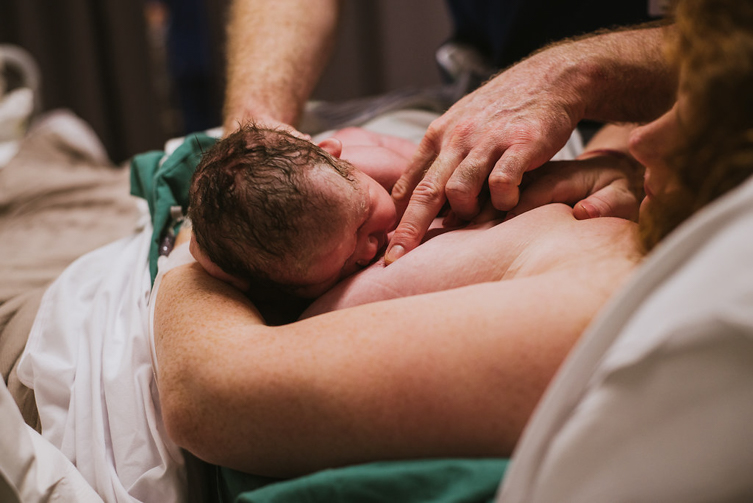
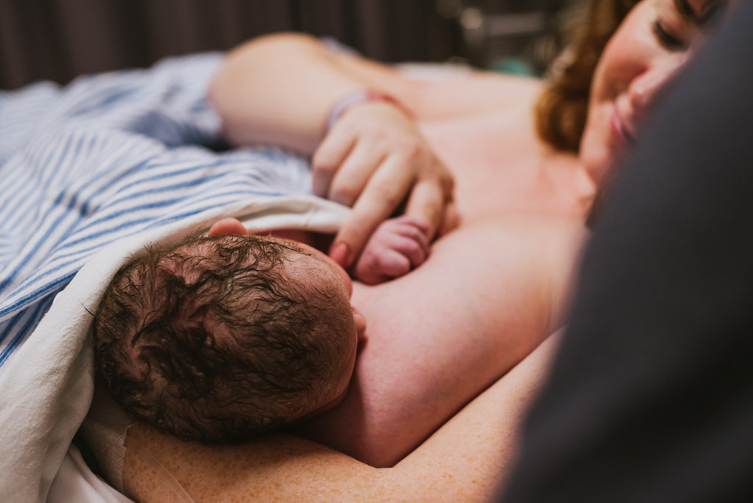
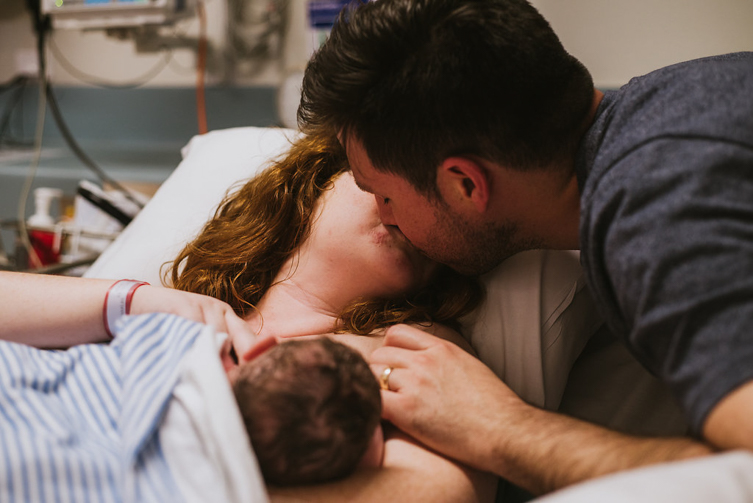
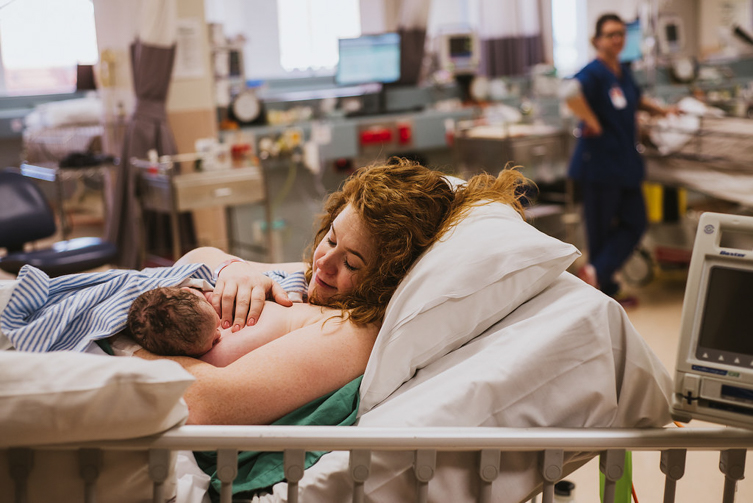
Once she was cleared to leave recovery, I was able to capture:
For more birth photo ideas, plus extra tips, don’t forget to check out our Complete Guide to Birth Photography.
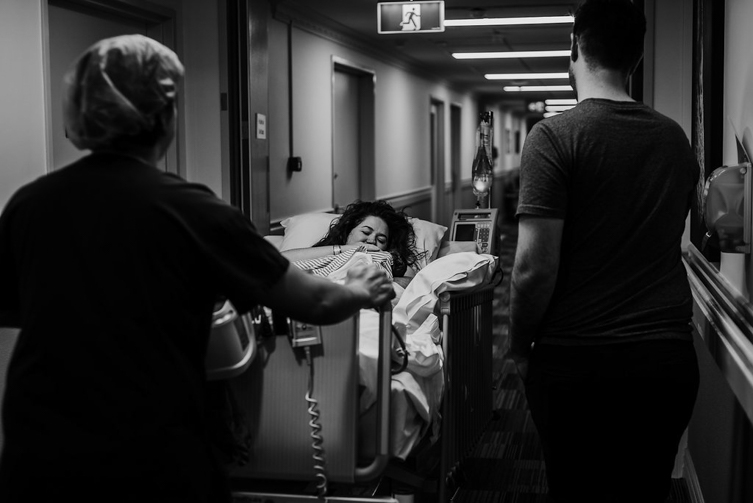
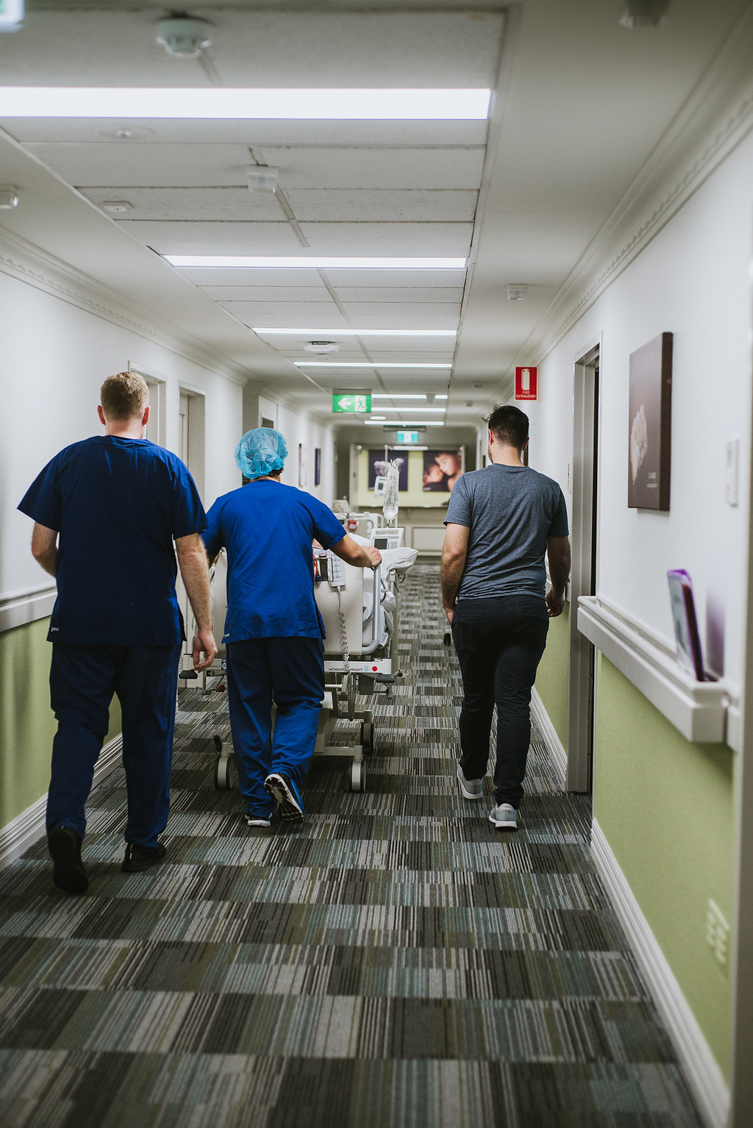
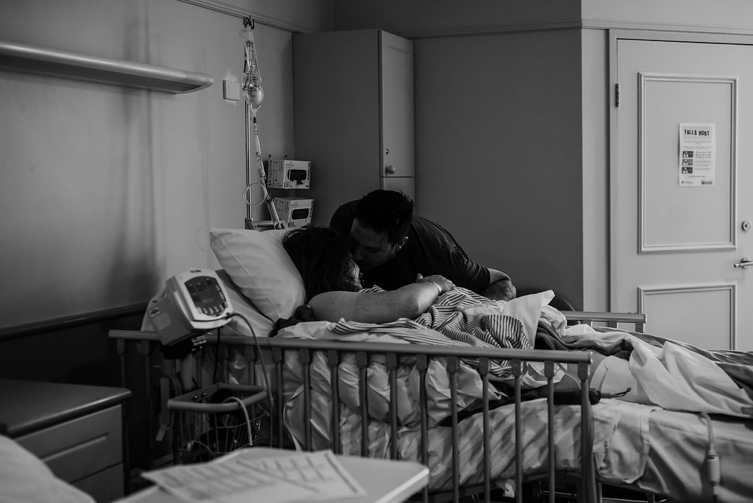
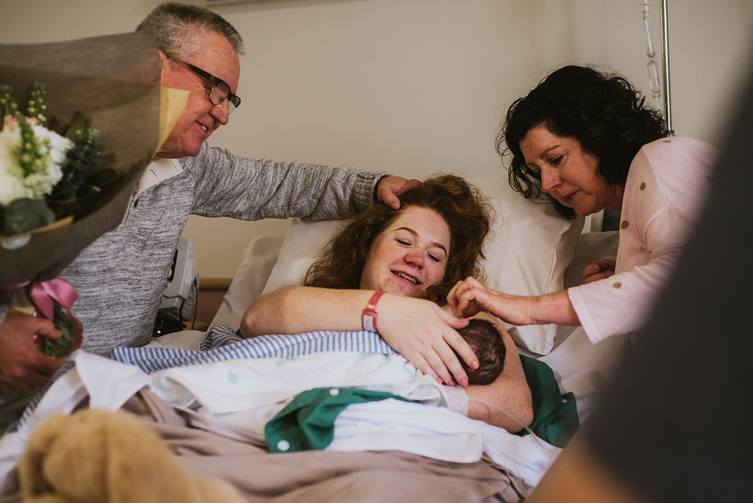
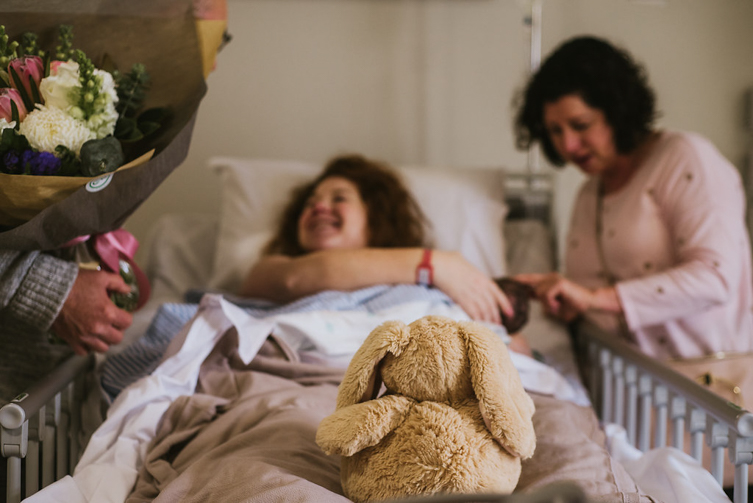
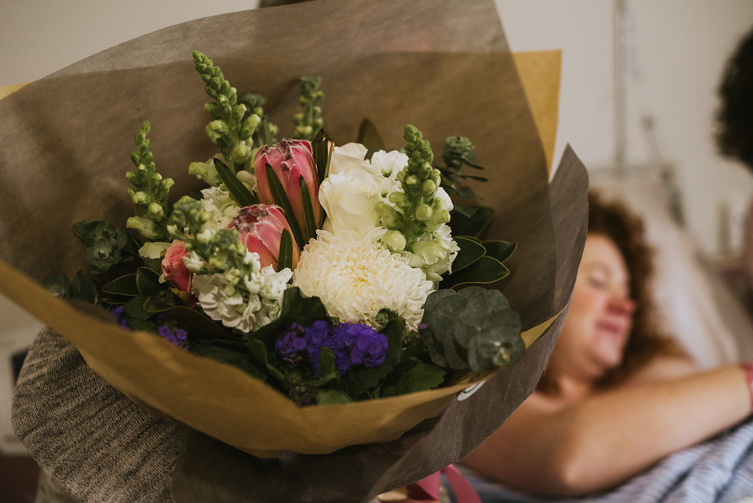
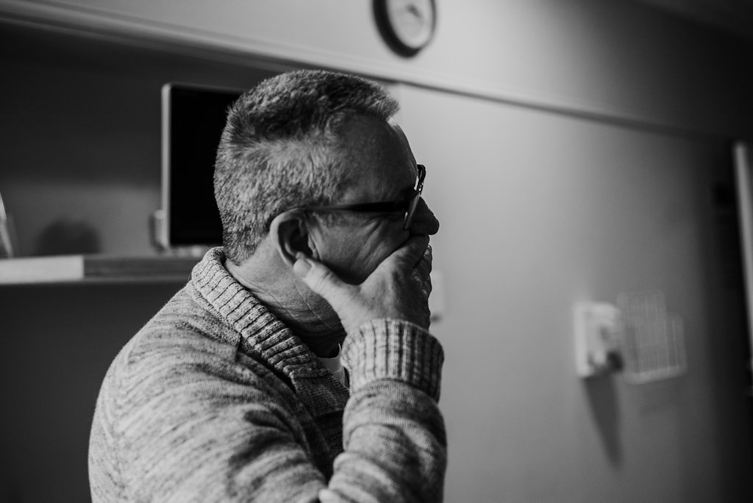
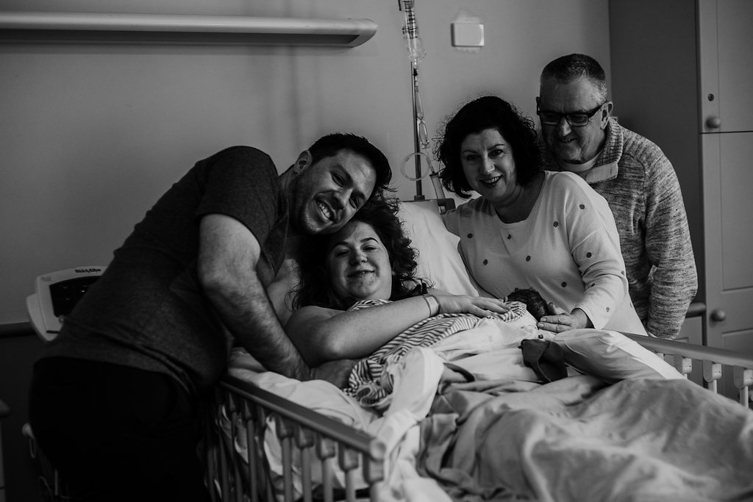
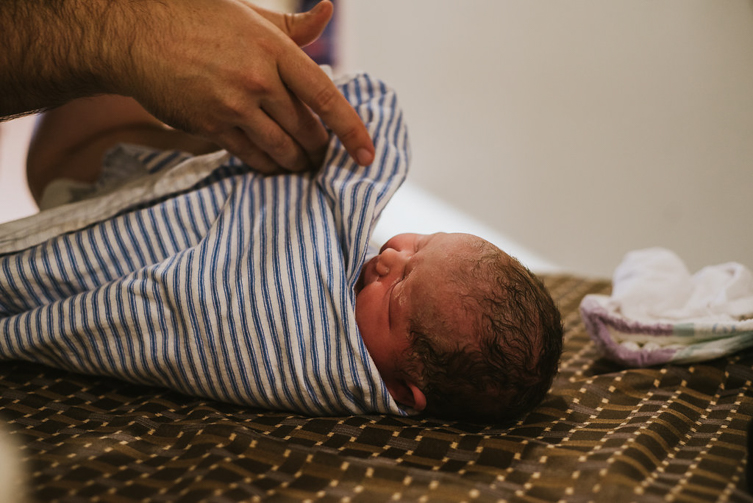
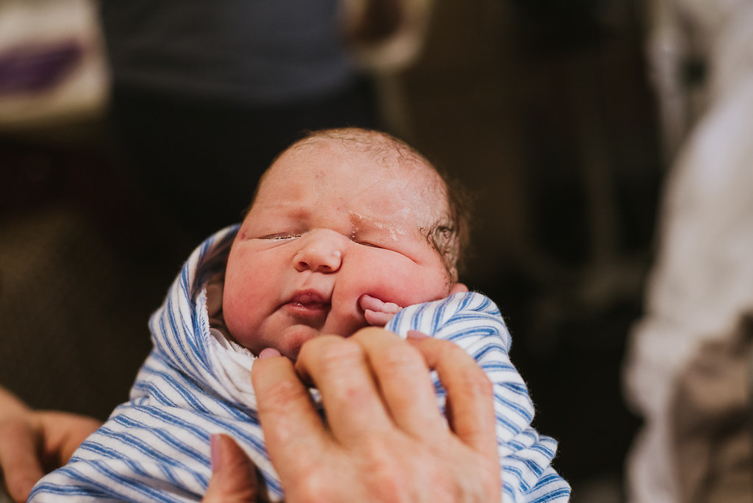
As with a natural birthing room, the quality of light was not great, as the light was coming from really bright, artificial lights.
I was exposed to the bright light, as that’s where the first photos of the baby would be. This also helped to avoid blown highlights to a large extent, but it was very high contrast lighting, so it’s impossible to get perfect exposures.
Related: Low Light Photography Tips
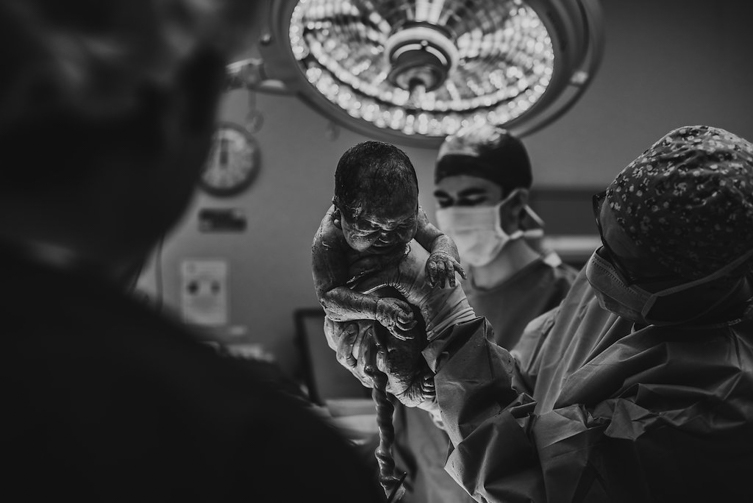
I have a Nikon D750 which is a full-frame camera. A full-frame is essential given the low light that goes hand in hand with birth photography because it copes really well with high ISO. For that reason, you will struggle if you use a crop sensor camera.
I use a 50mm lens which works for me, however, a 35mm lens would be more ideal given the usually small spaces of a theatre and hospital rooms. I don’t use flash for birth photography because it would distract the staff, the parents and, potentially, startle or even hurt the baby’s eyes.
CLICK HERE to download our lens buying guide to help you decide what's your next best purchase!
Expose for the bright lights as this is where the action is happening. I shot this newborn photo with an aperture around f/2.8, shutter speed at 1/400 or faster, and ISO around 250.
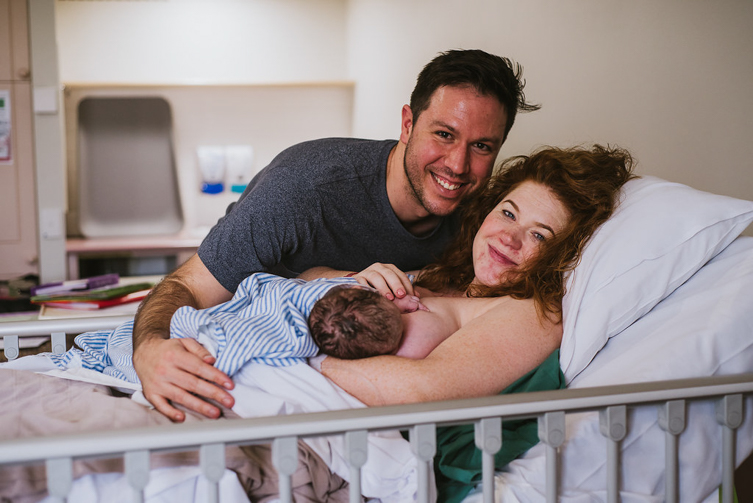
Surely by now, you’re ready for a newborn session? Yaay!
Related:
Lifestyle Newborn Photography Guide
Toddler & Newborn Photography Guide
Grab our Newborn & Toddler
Posing & Prompts Cheatsheet
Download our handy cheatsheet for a summary of tips you can print out and use when photographing newborns and toddlers together
Alana is a family photographer based in Perth, Western Australia. If you’d like to contact her for some inspiring birth photo ideas or check out more of her work, you can find her at Alana Prosper Photography, on Instagram and Facebook.
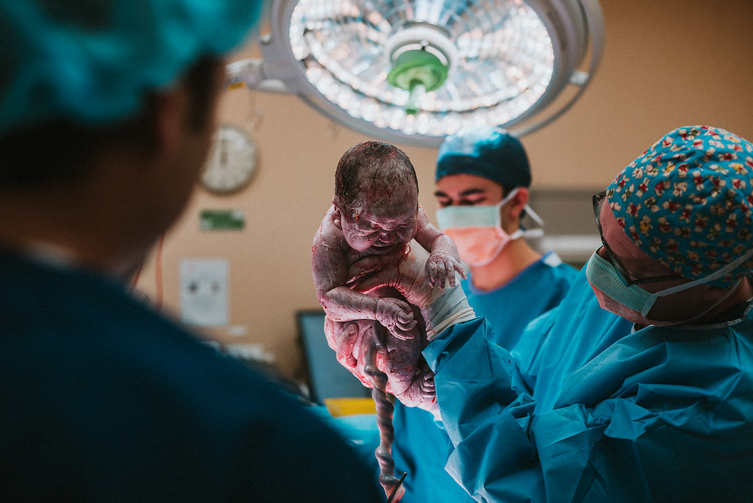
CLICK LOVE GROW ™ Pty Ltd - COPYRIGHT 2024 ©
Enter your info below to join the challenge!
Want a friendly reminder when I go live?
Pop in your number and I’ll shoot you a text.
* We will send text reminders for our live calls during the challenge! Reply ‘STOP’ to end or ‘HELP’ for help.
We promise not to ever share your details with anyone or send you spam! Check our privacy policy and terms of service.
Lens Buying Guide
Use these prompts to help you decide what your next lens choice should be! Pop in your details below to download the free guide! Xx
Be the first to comment